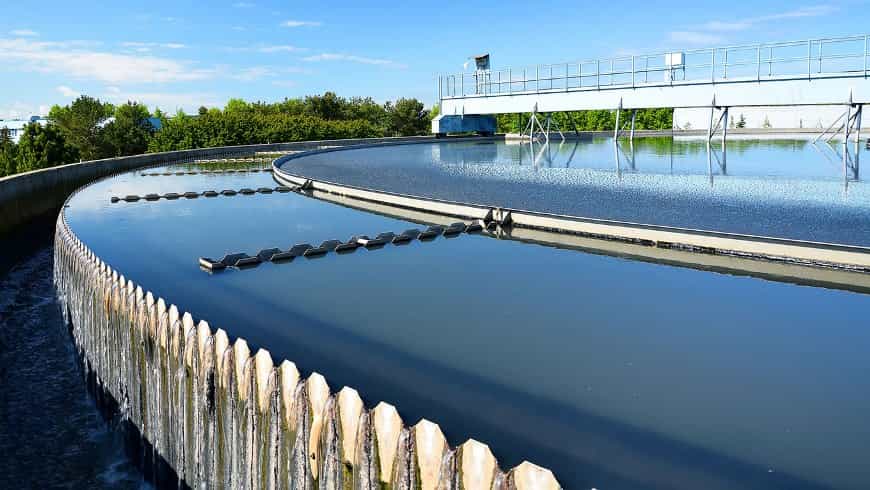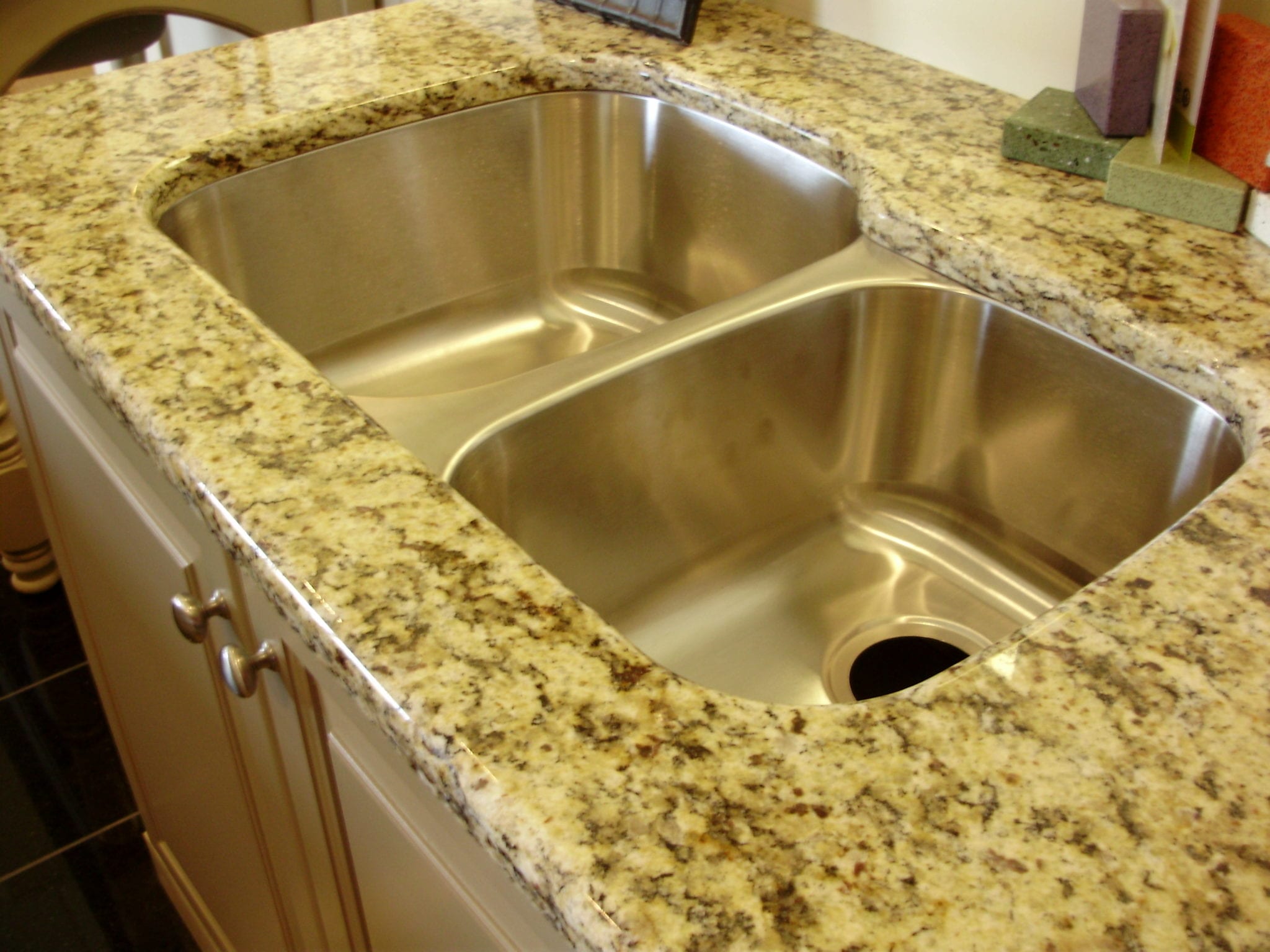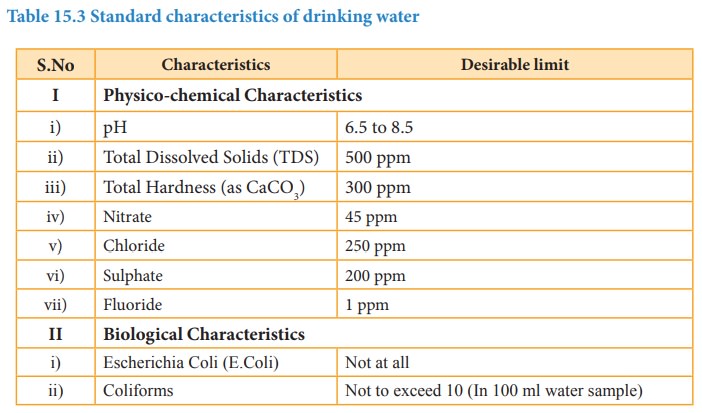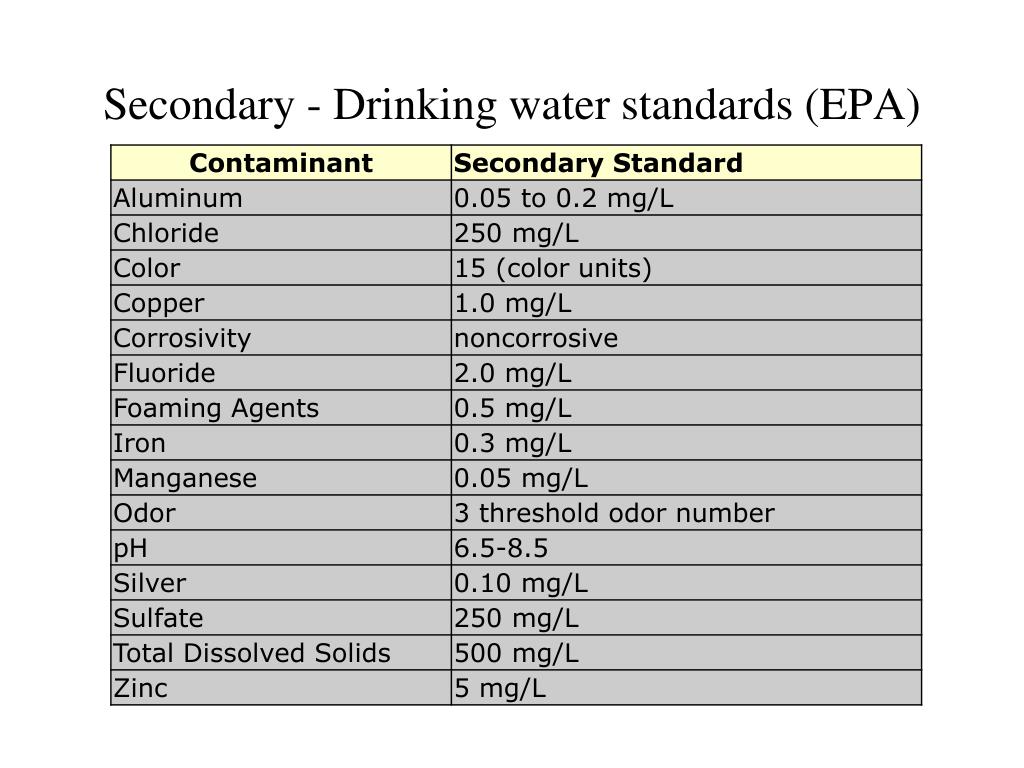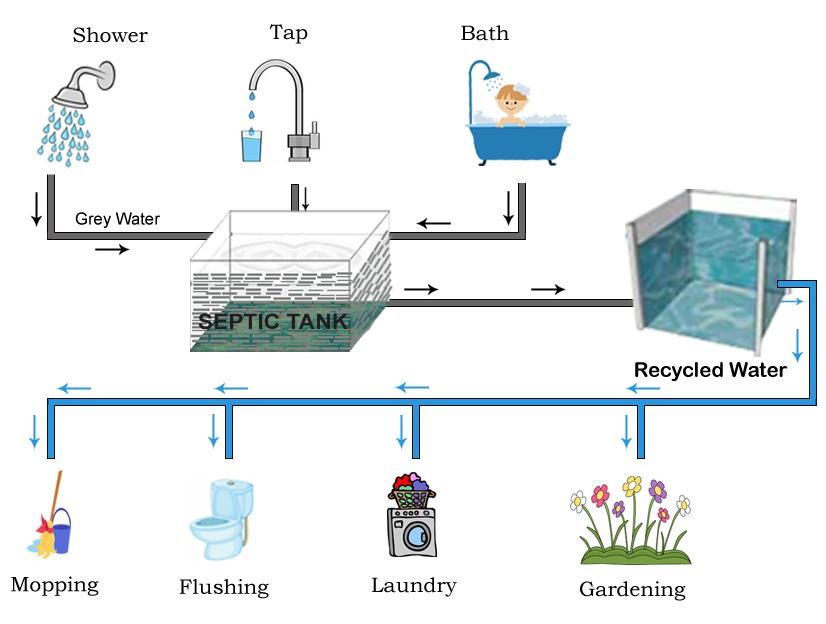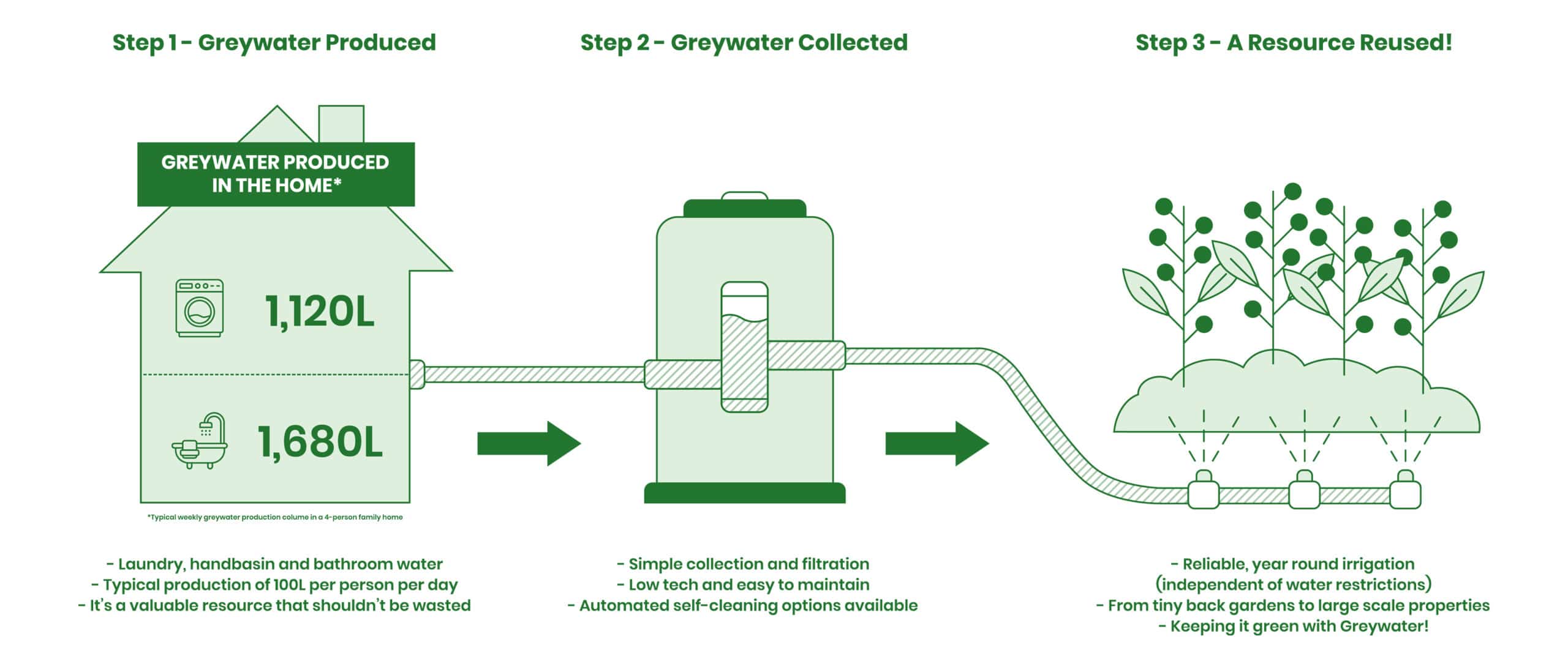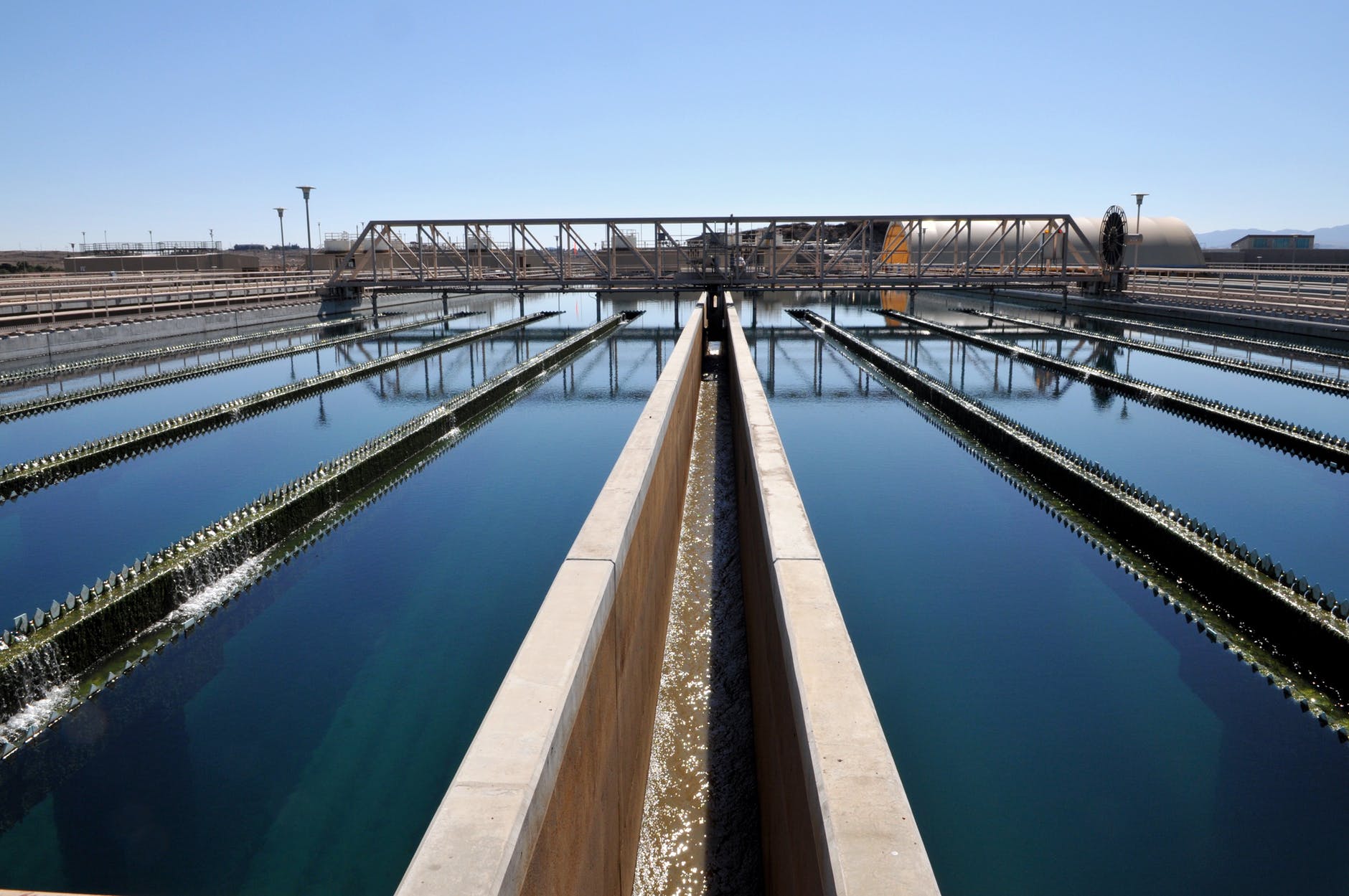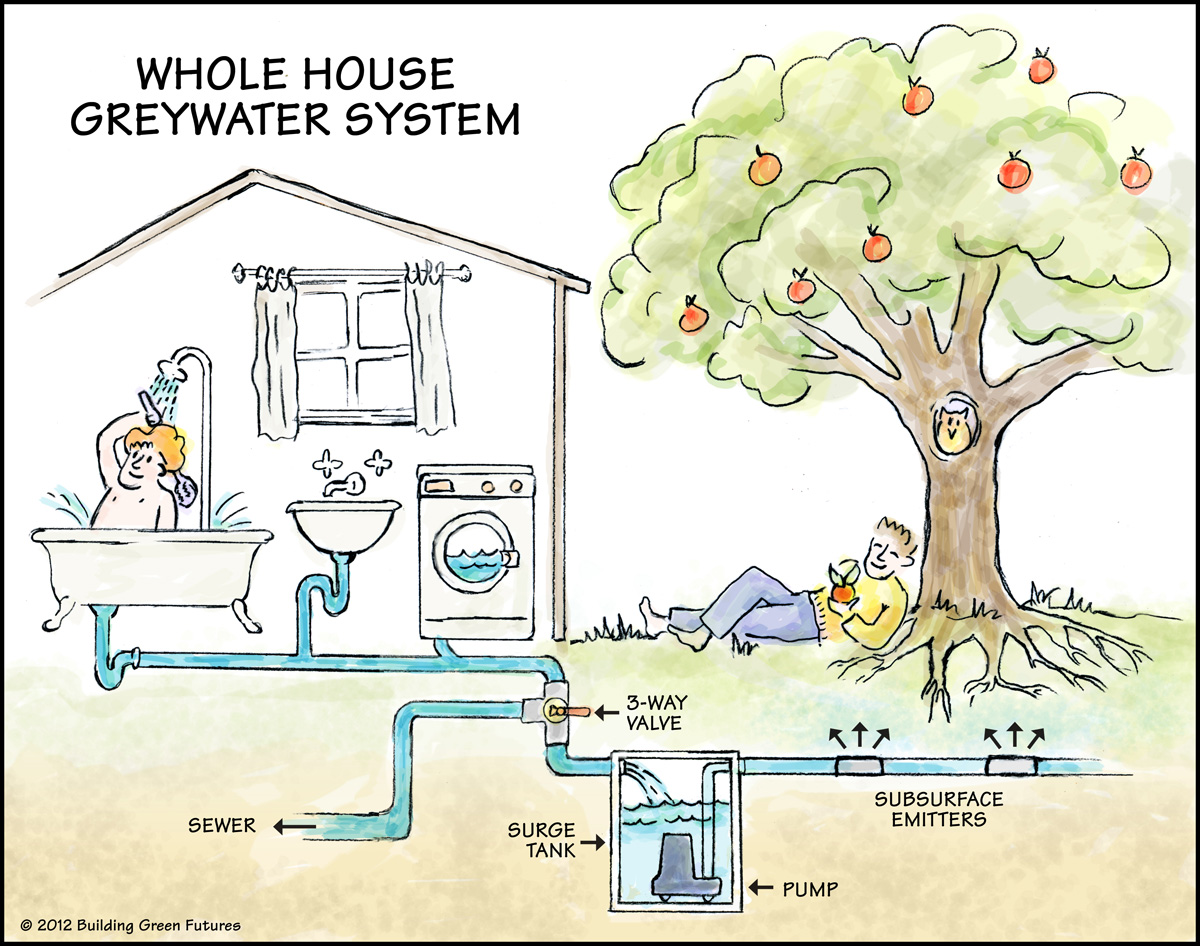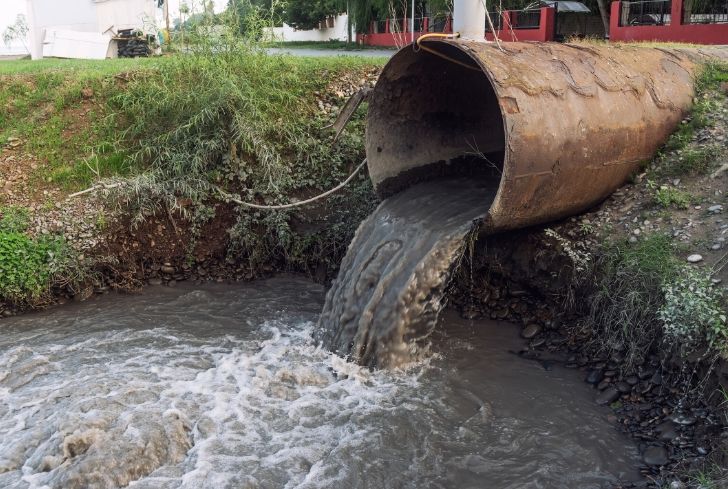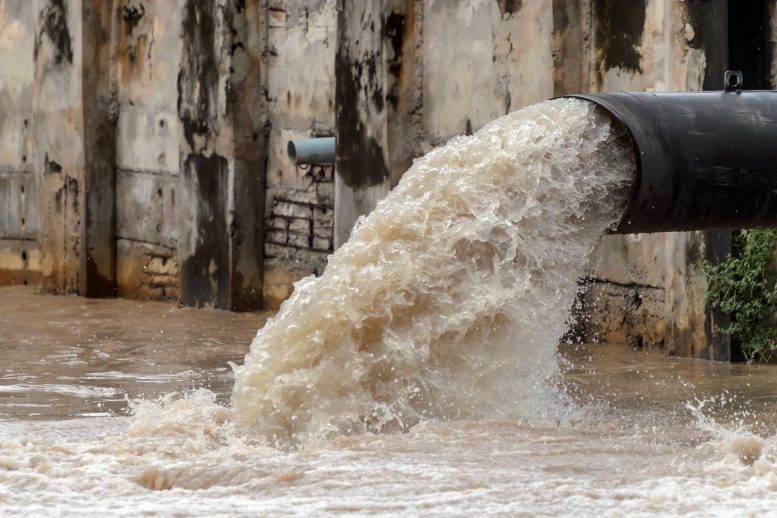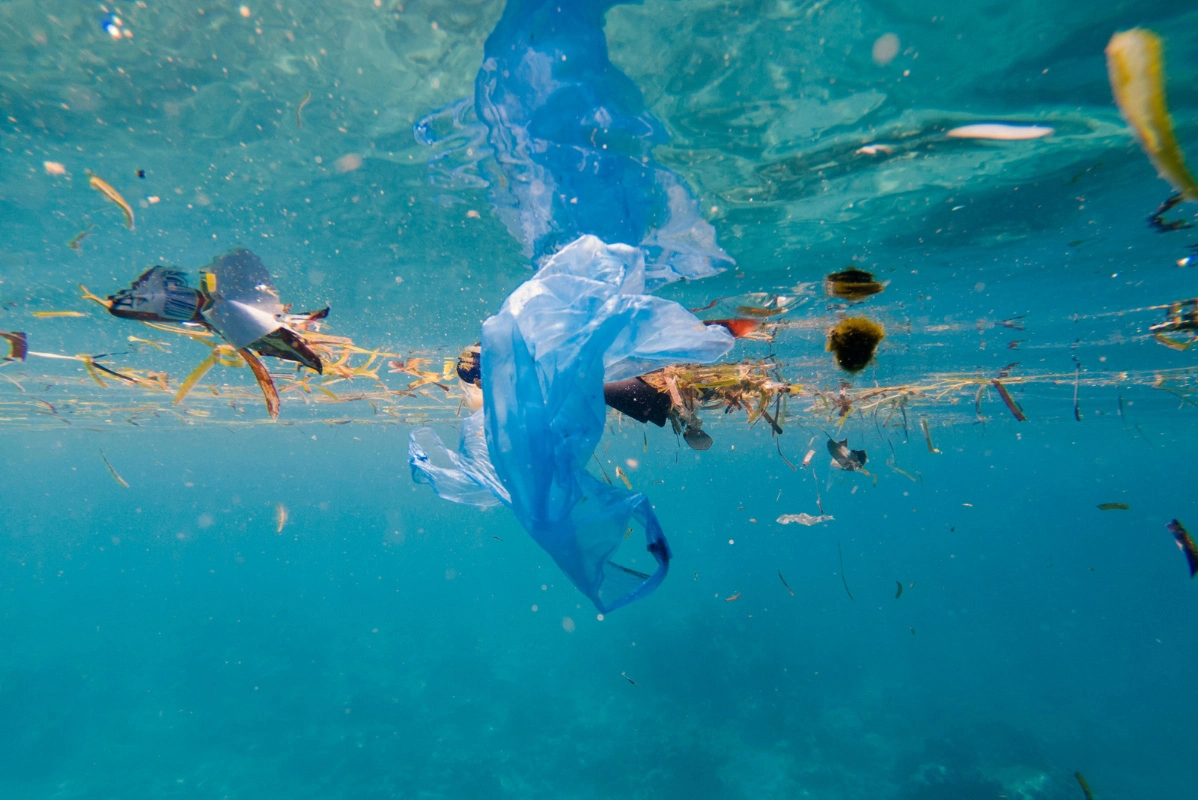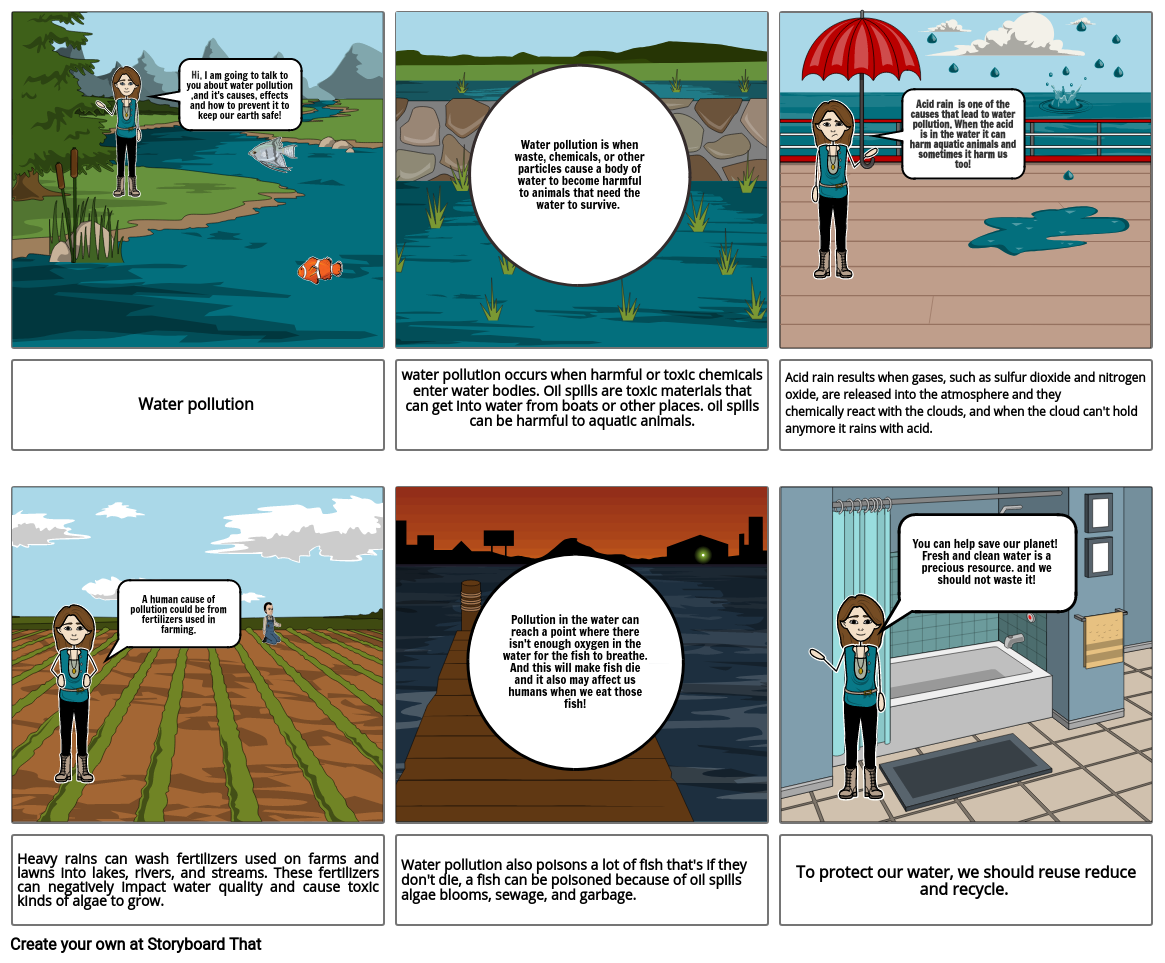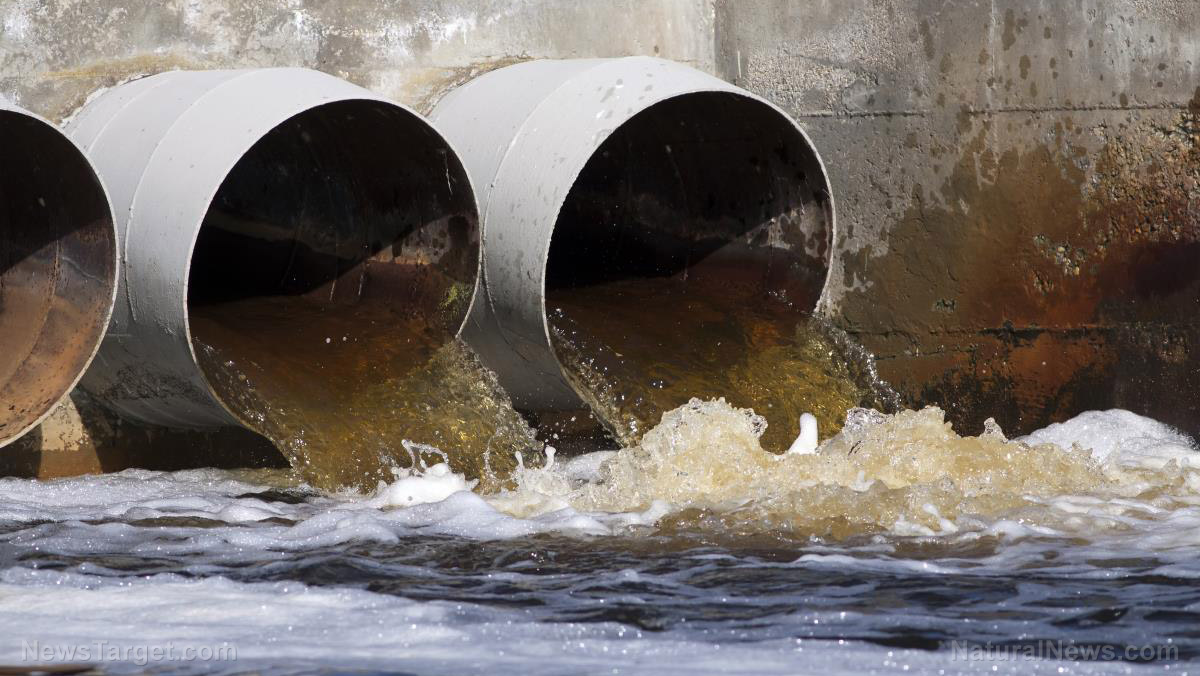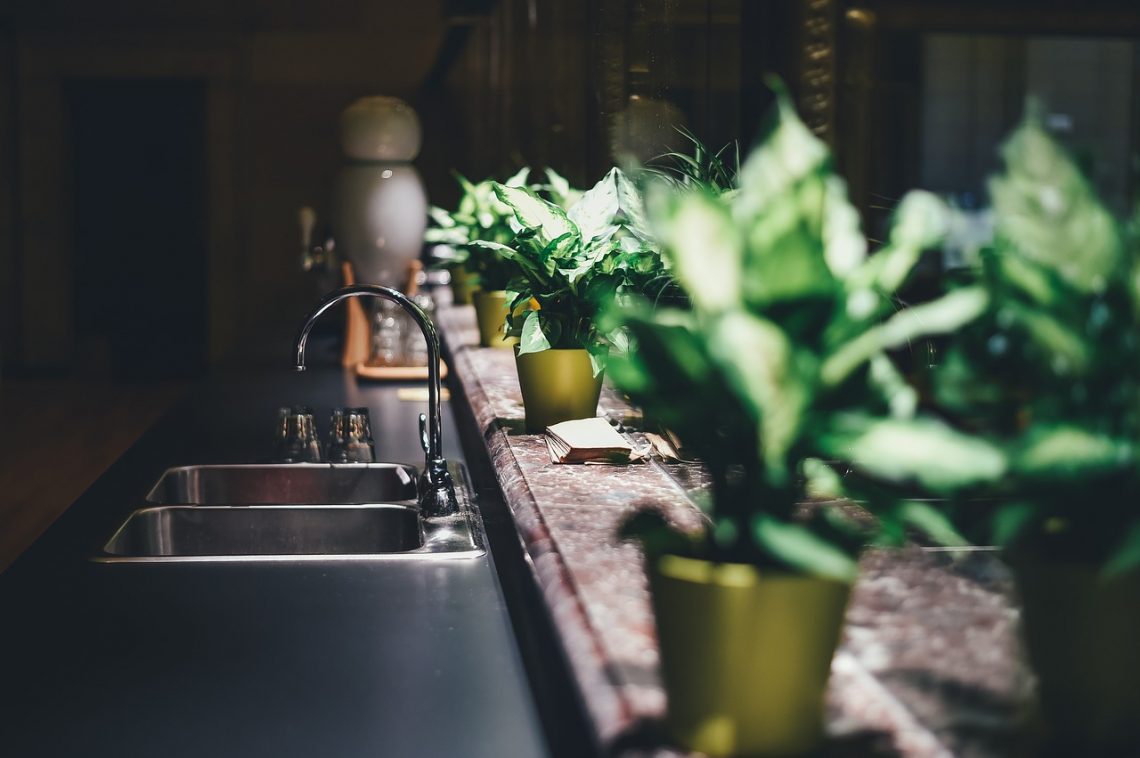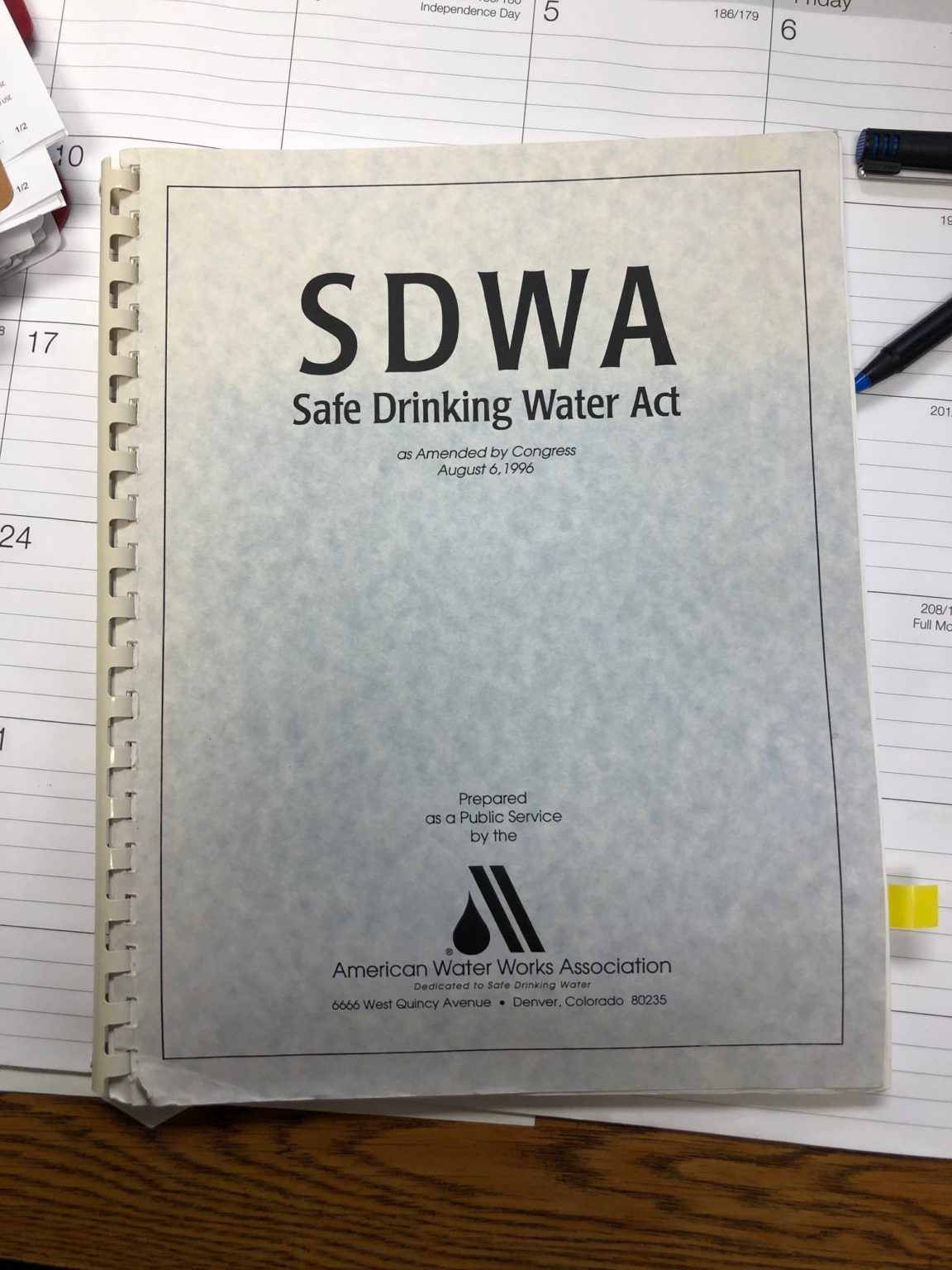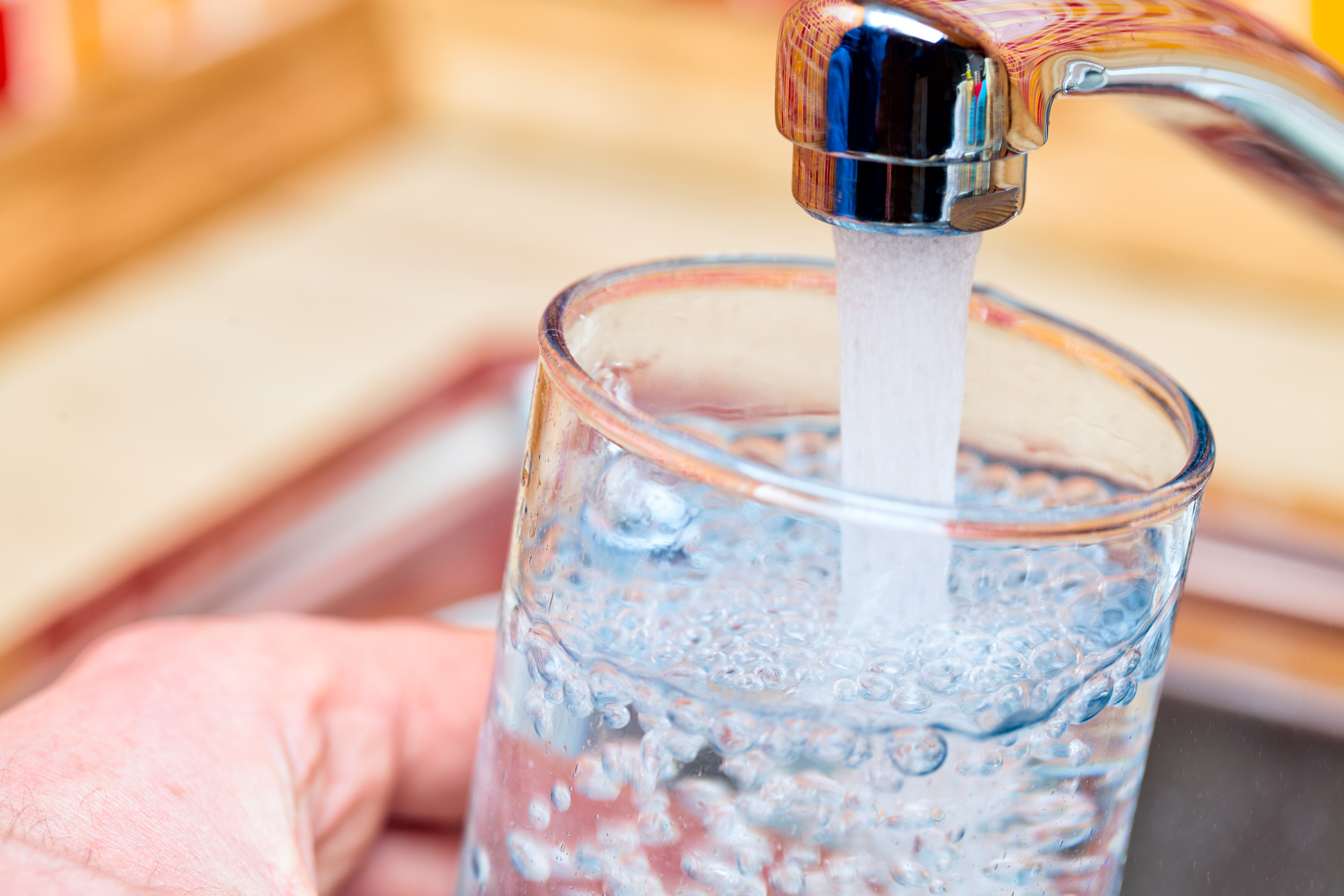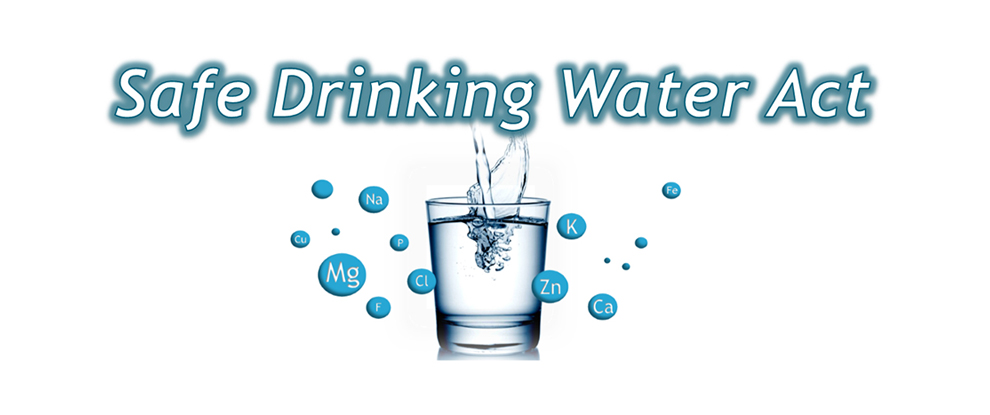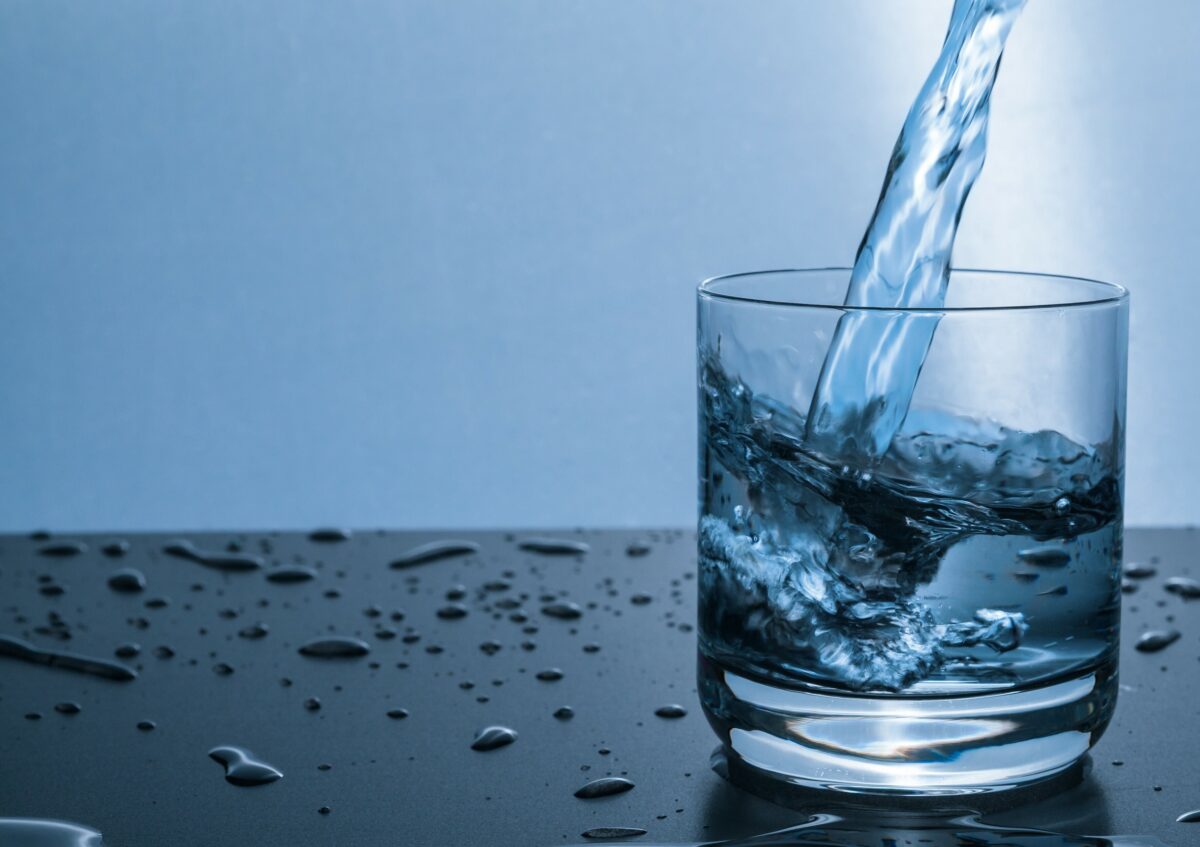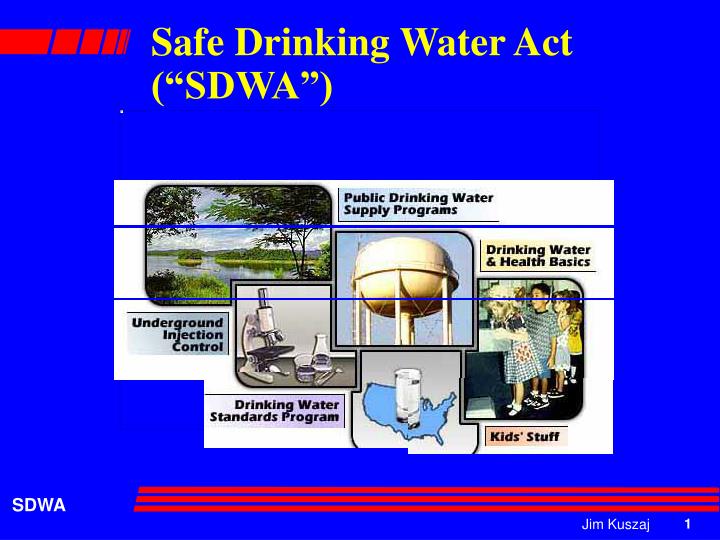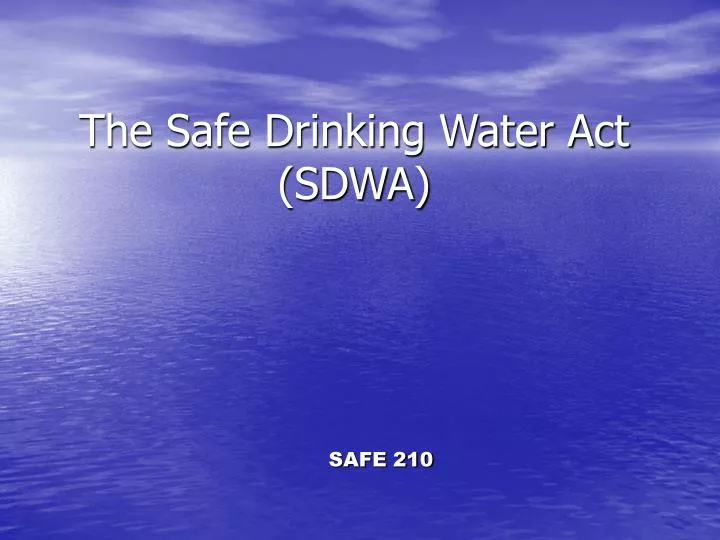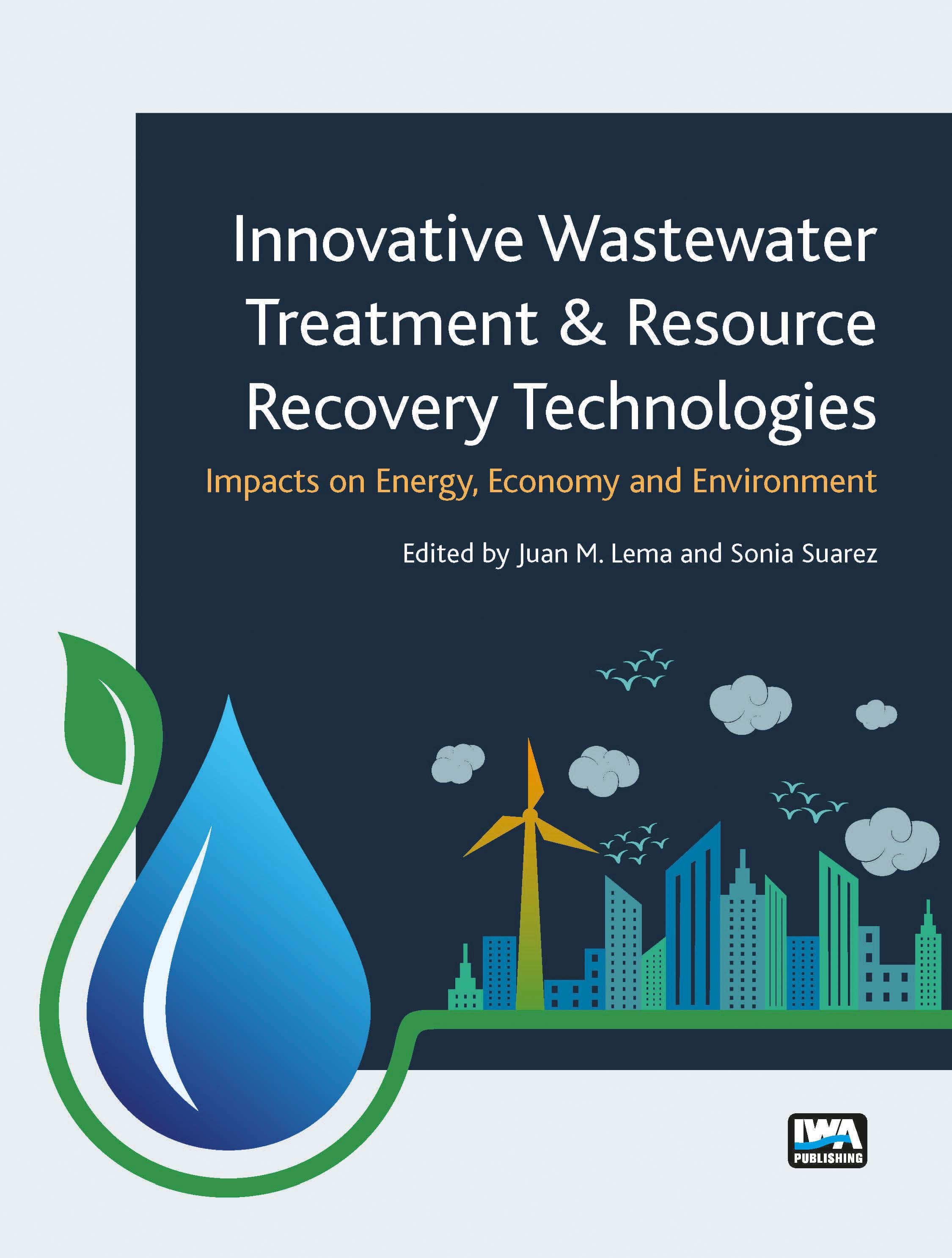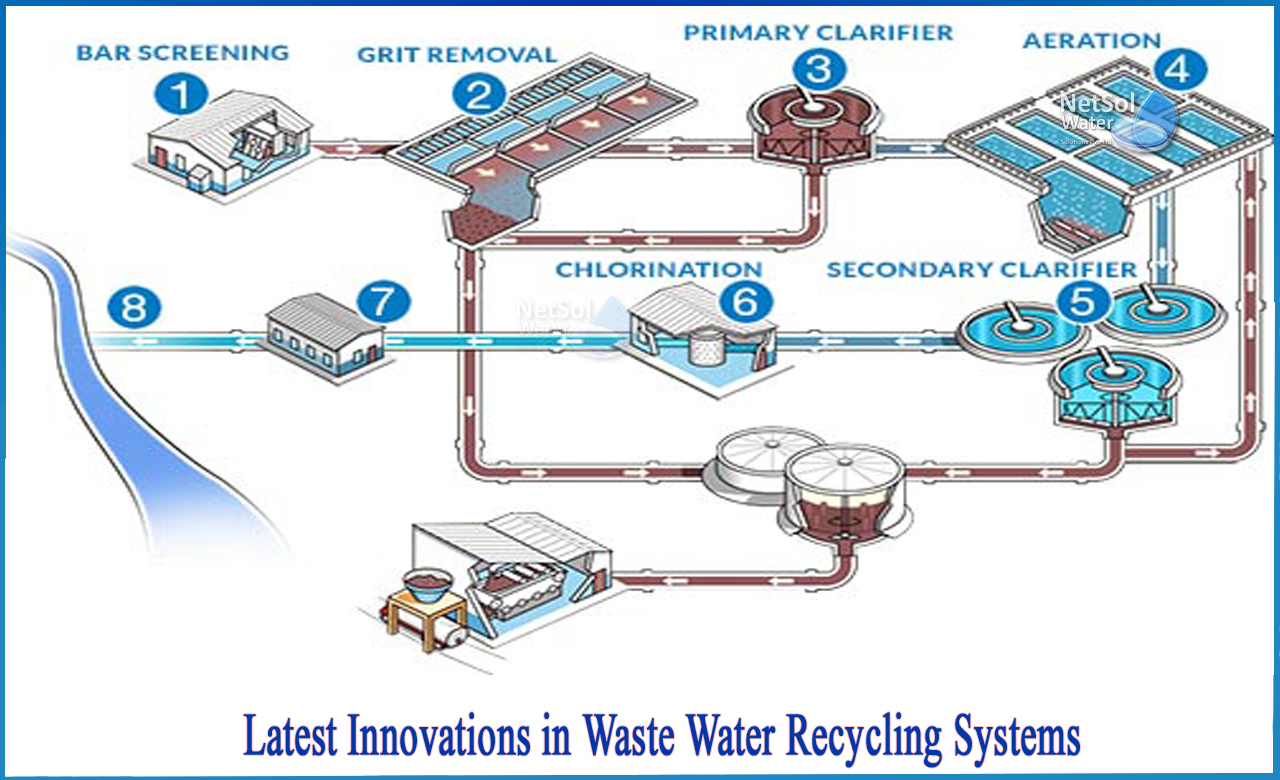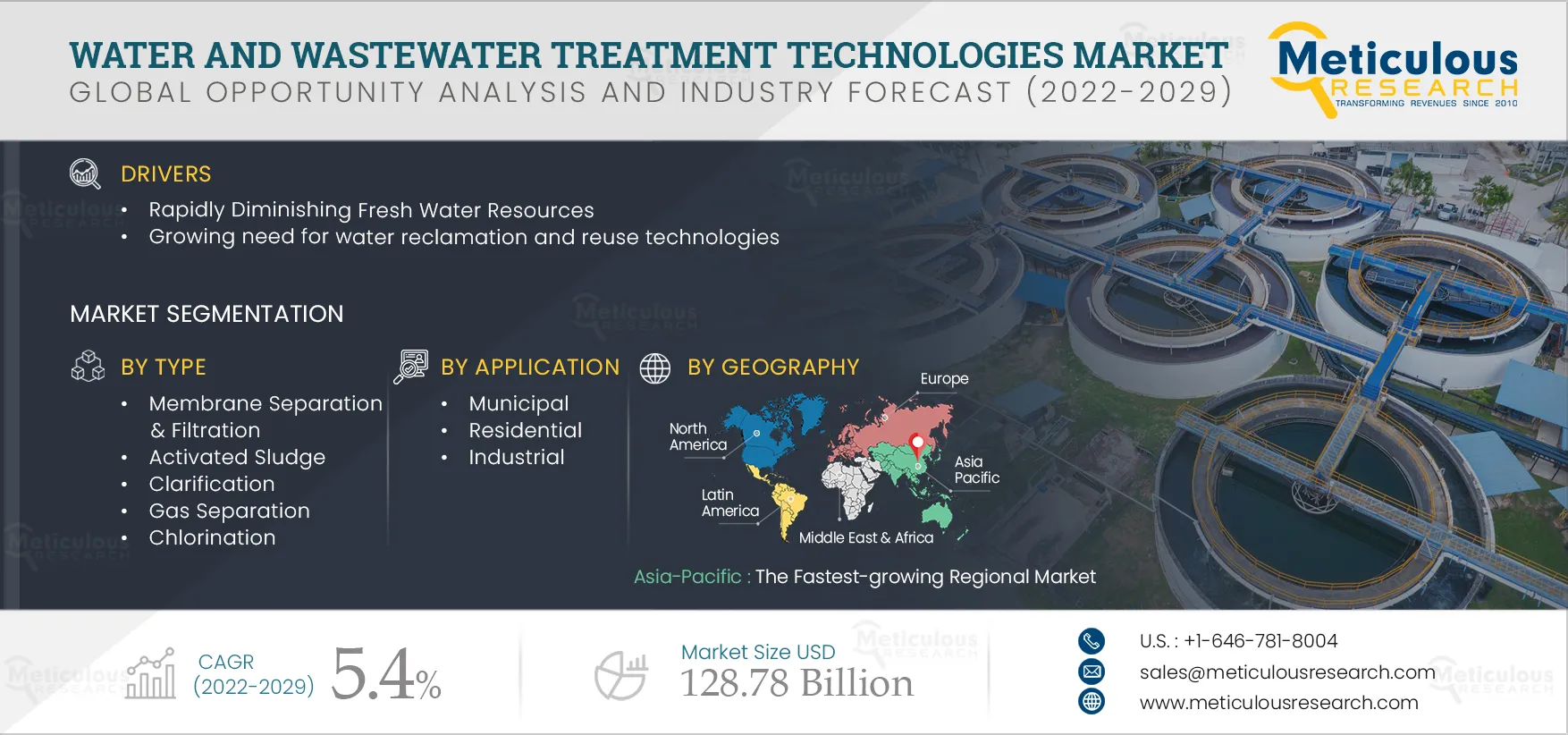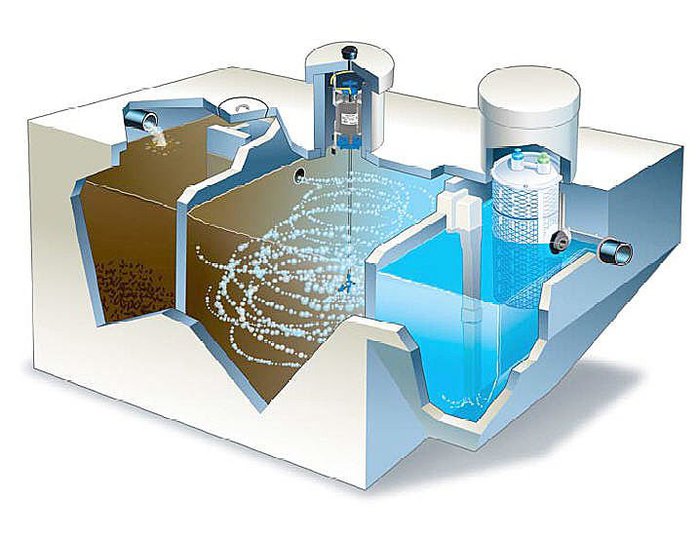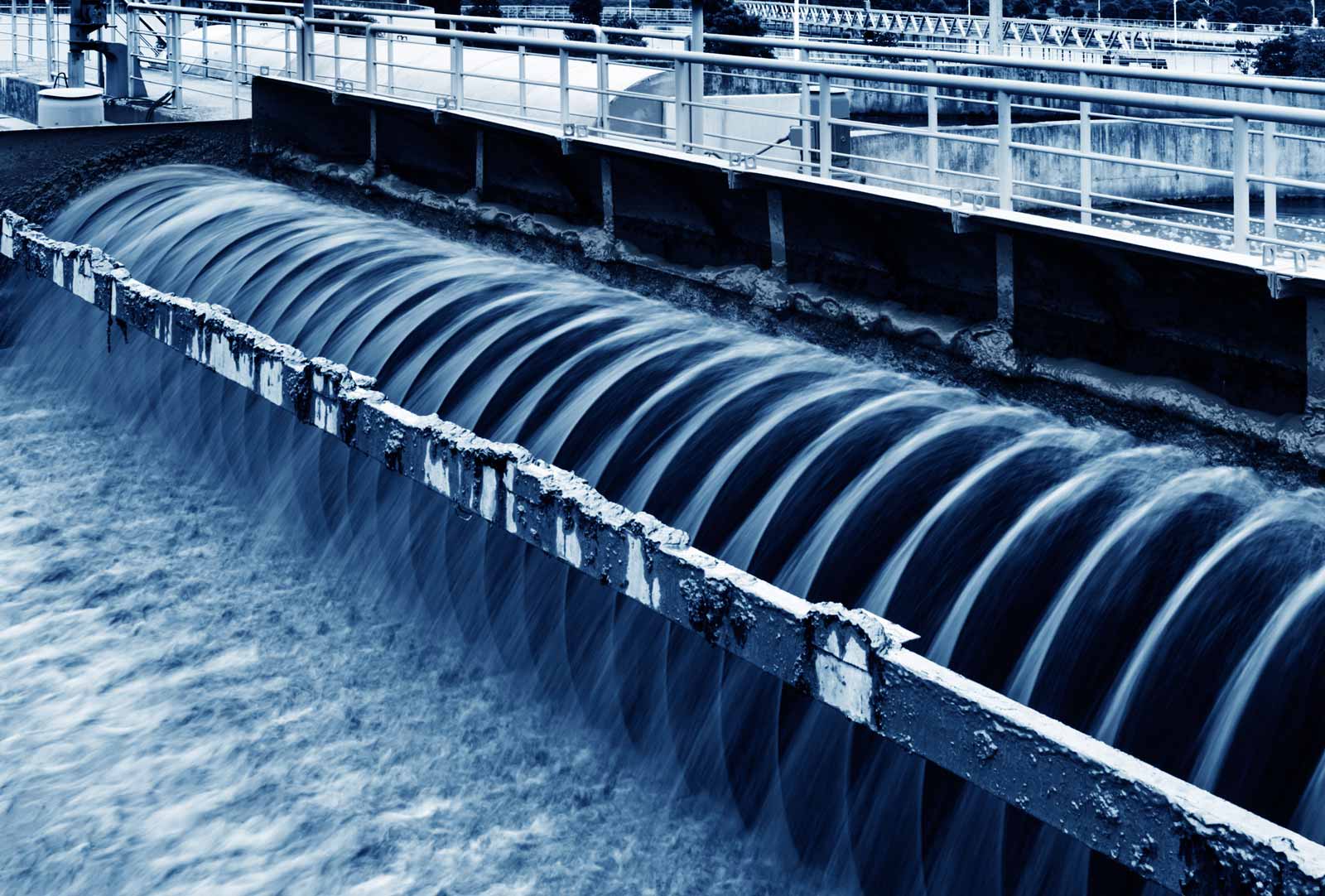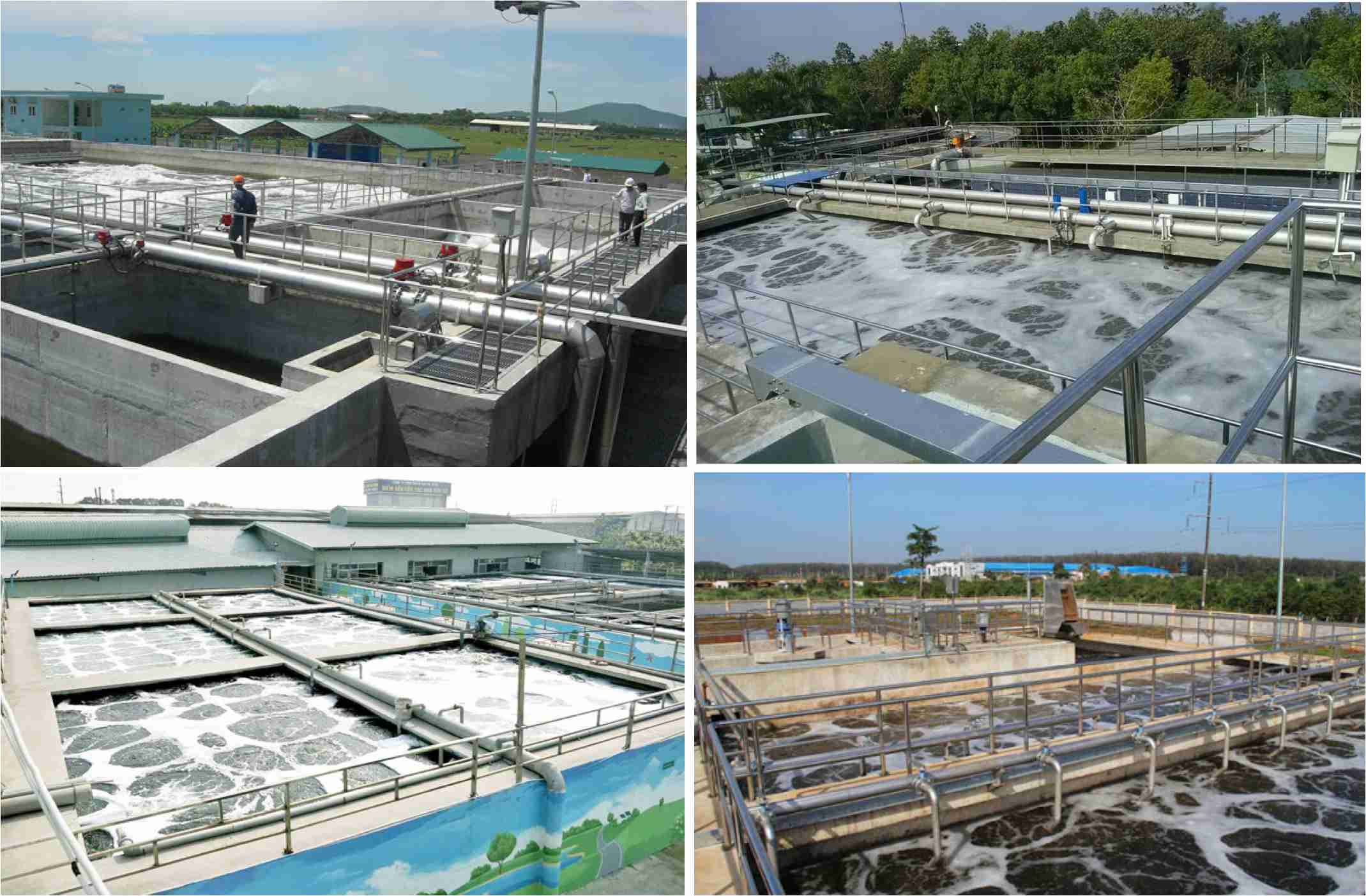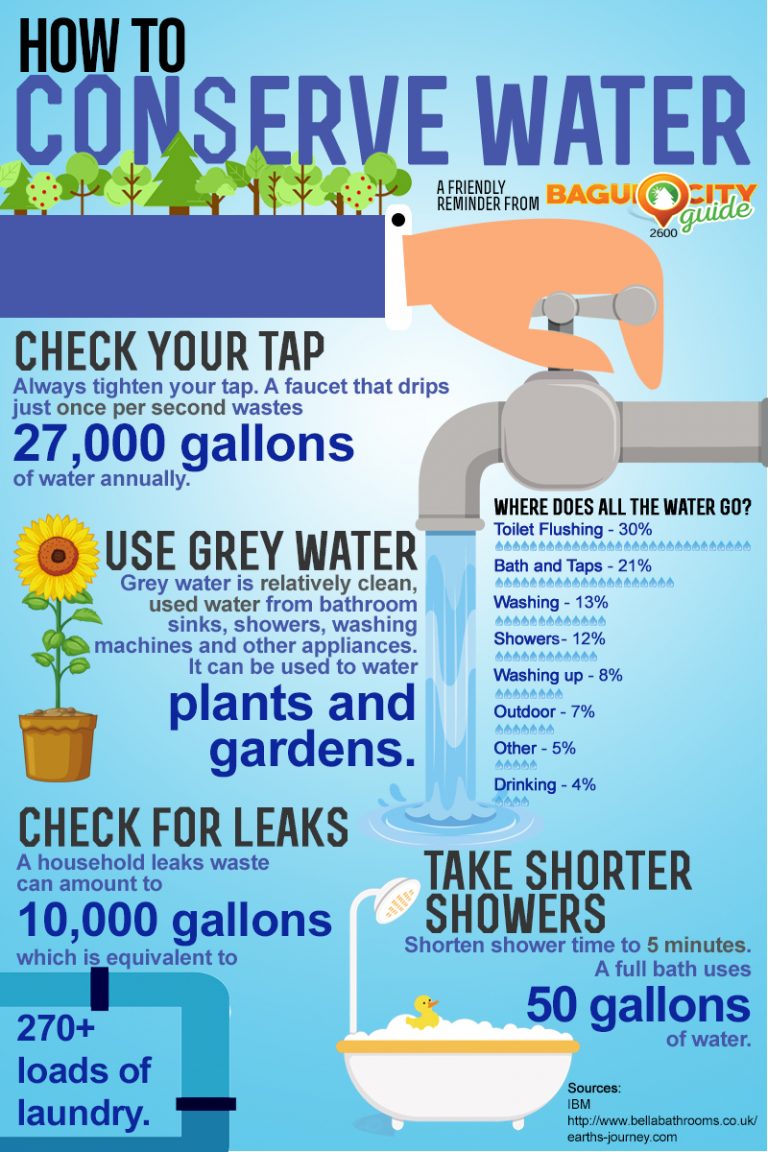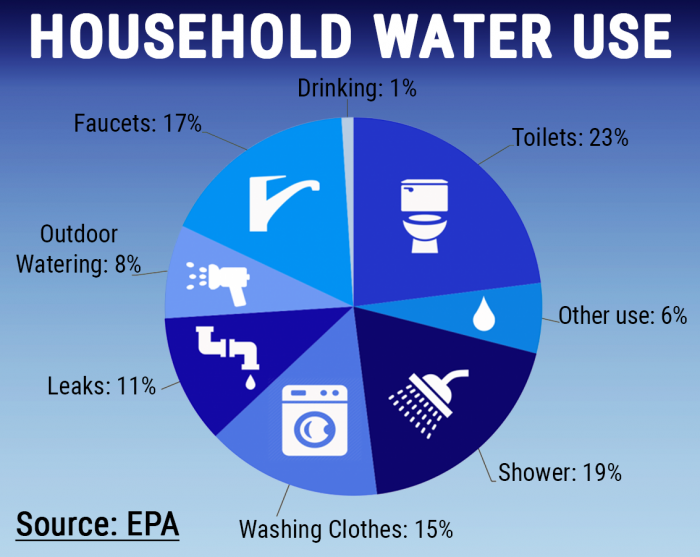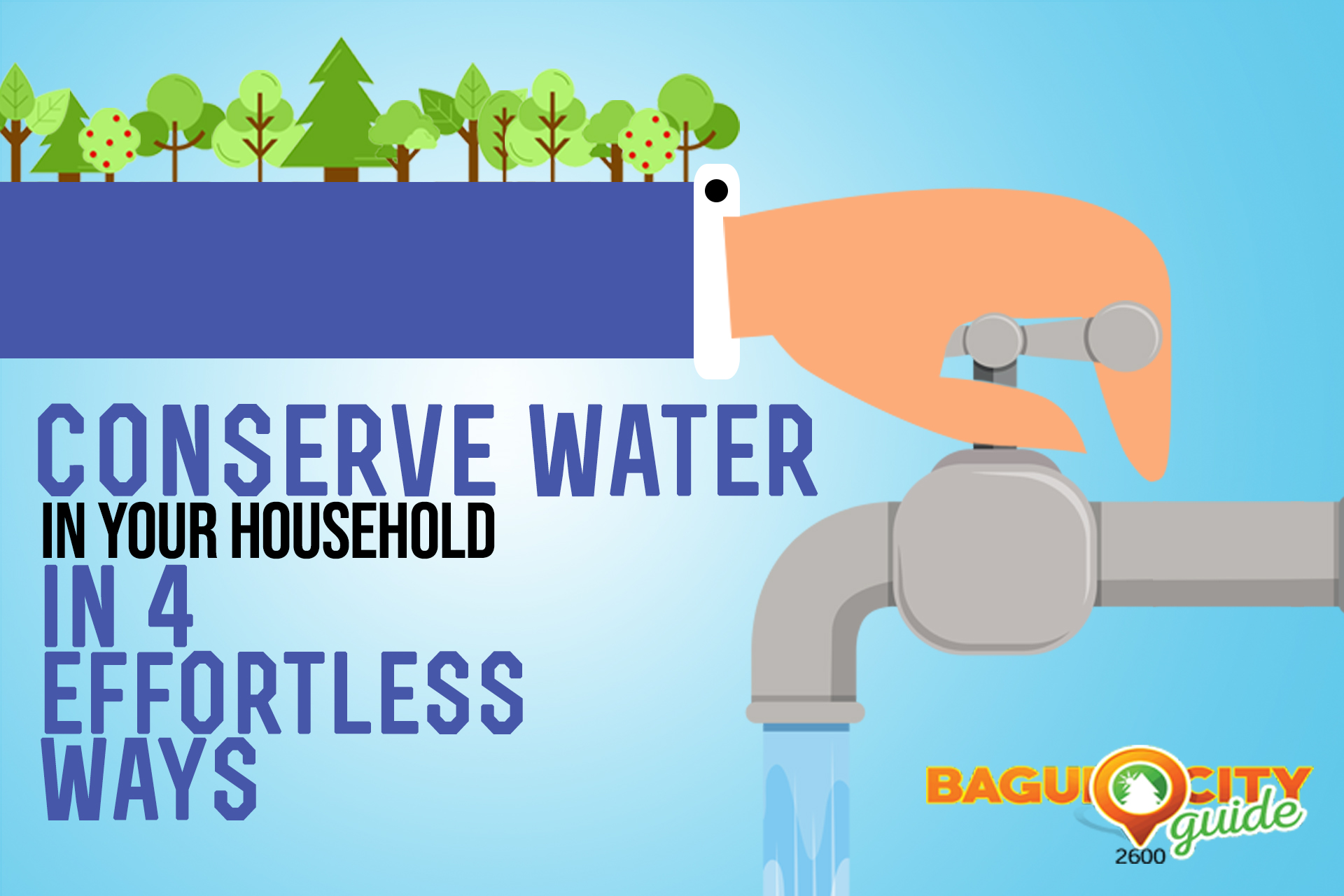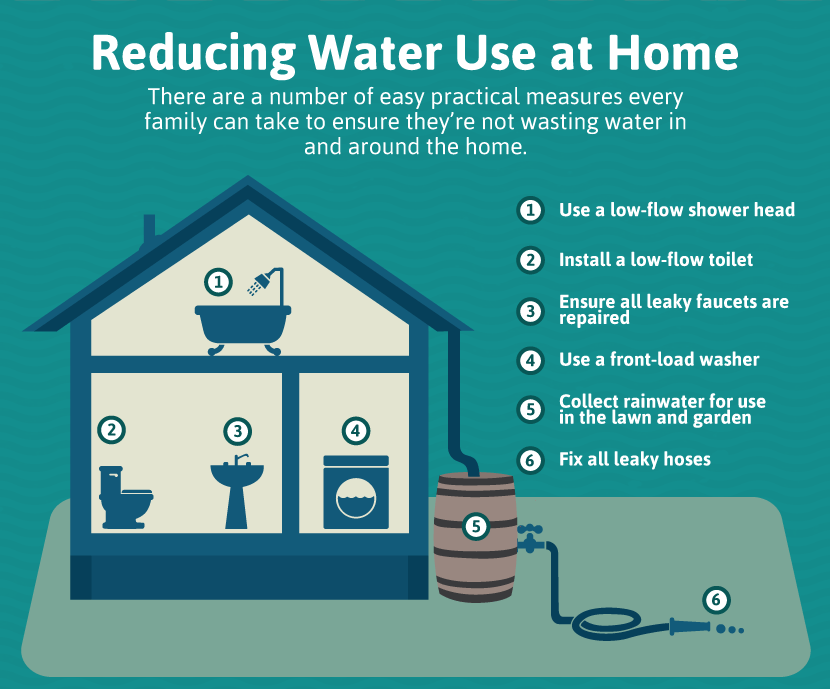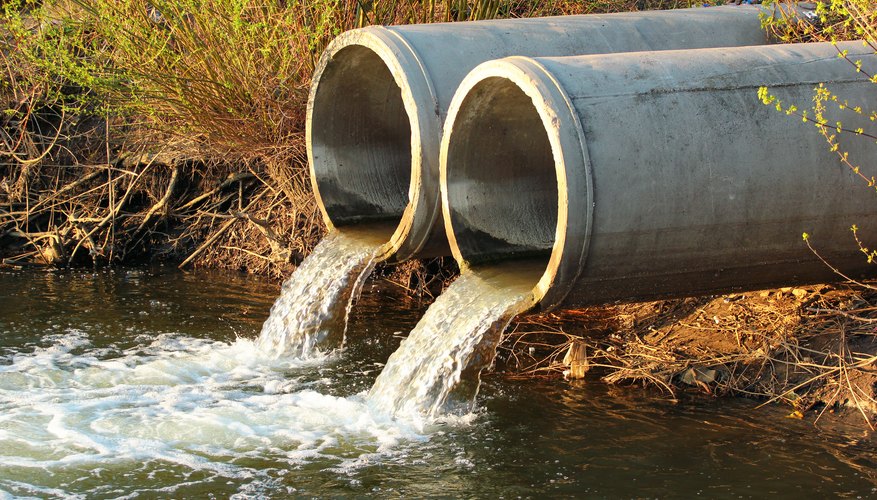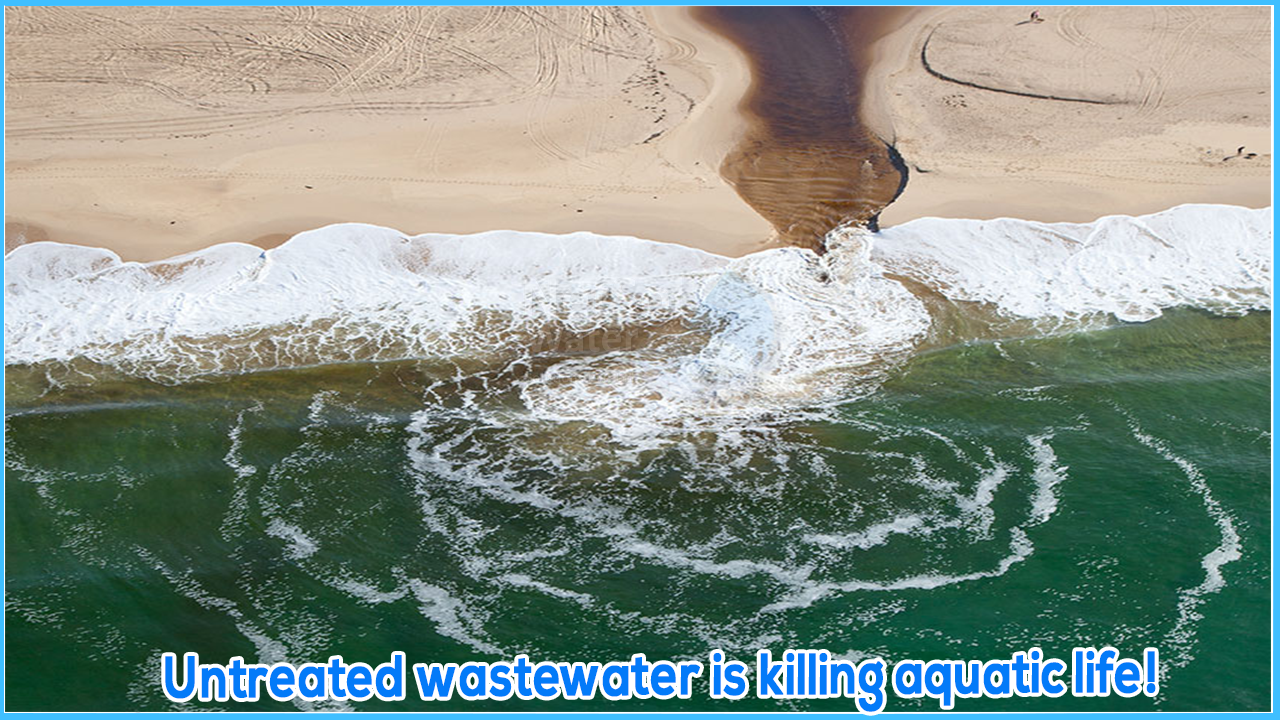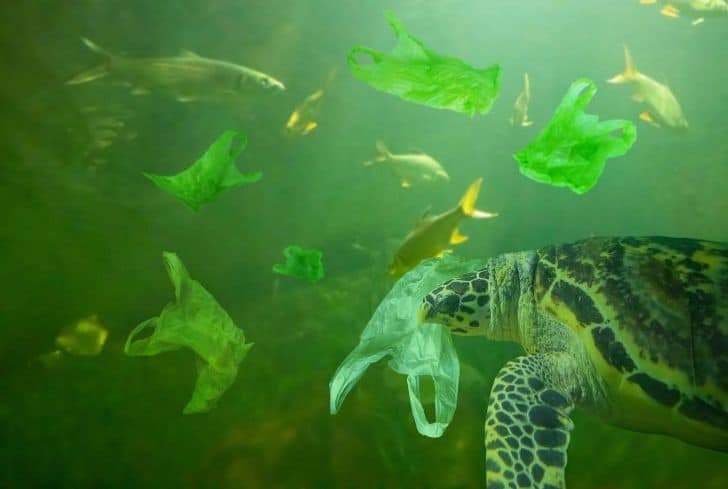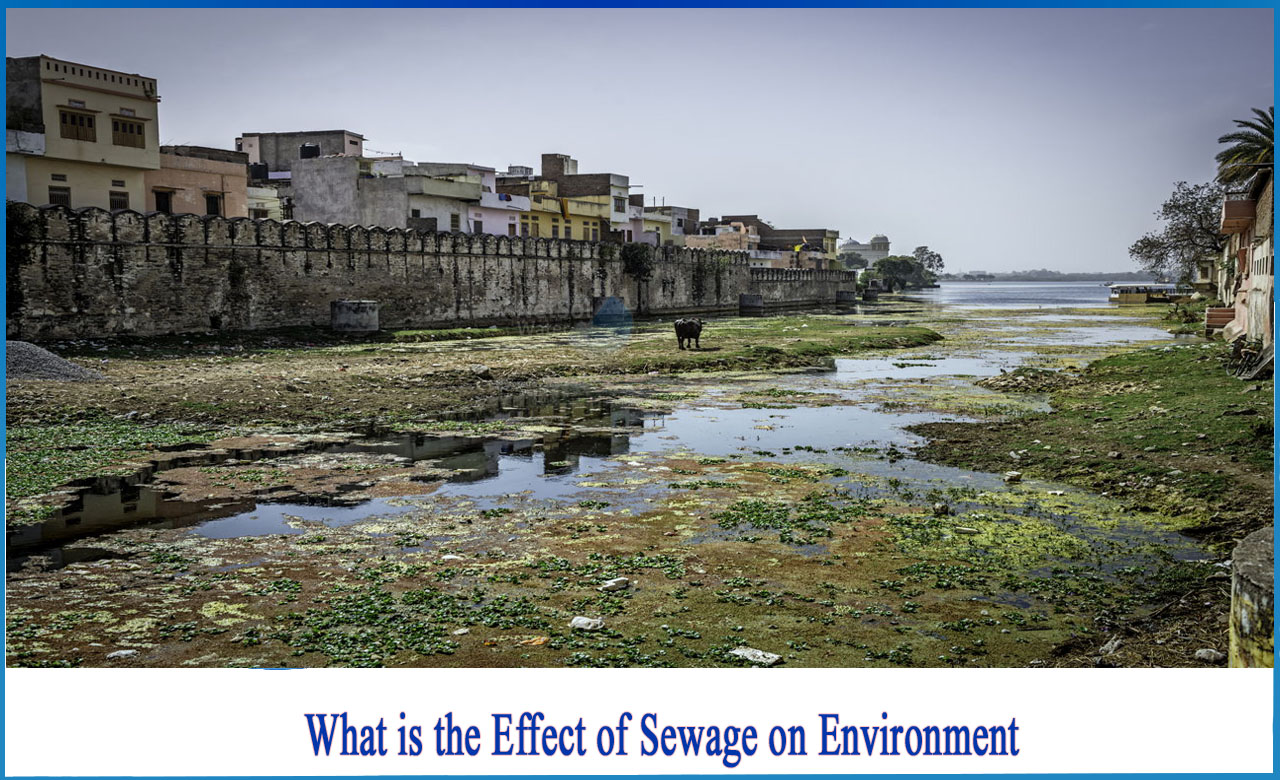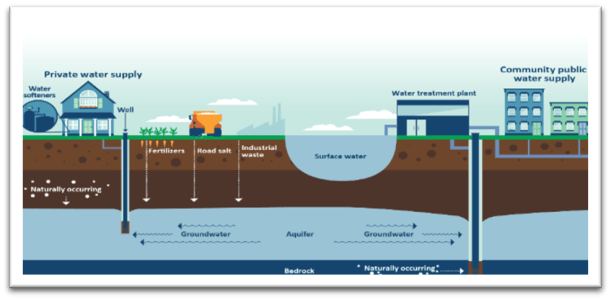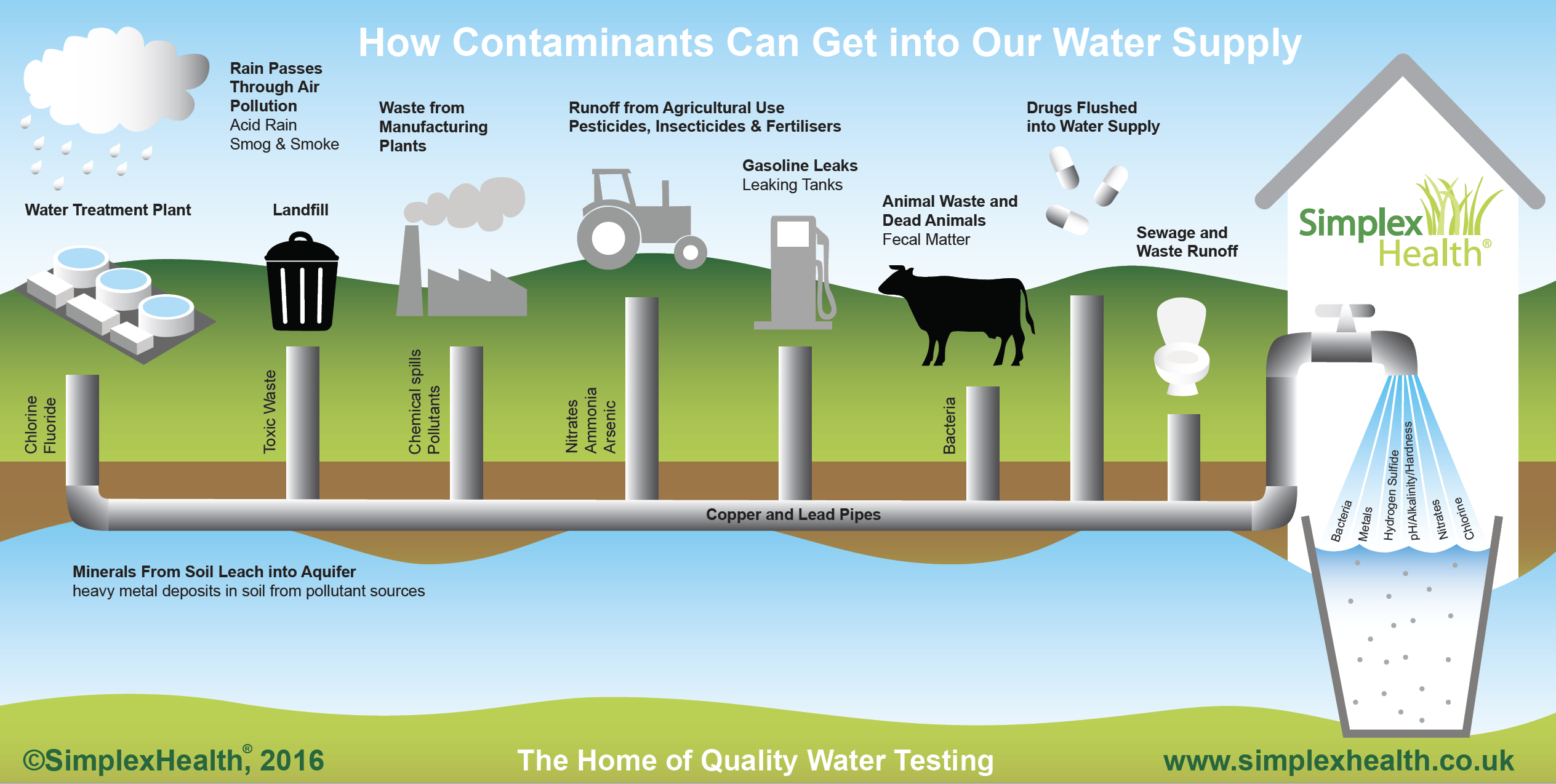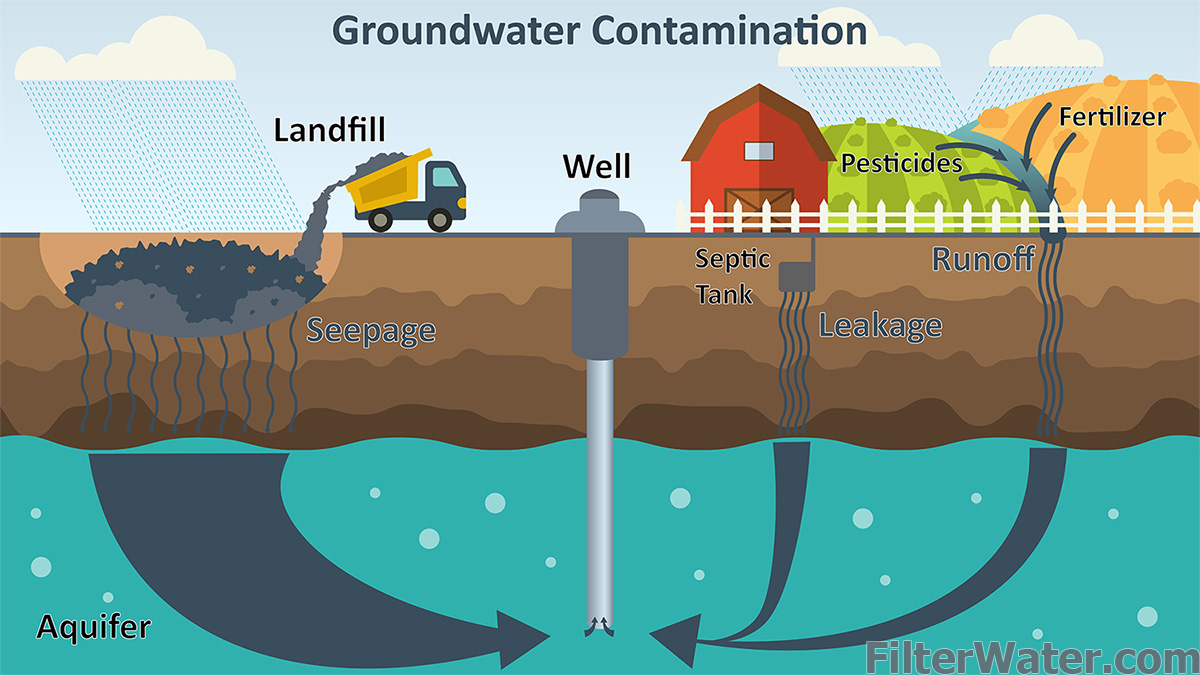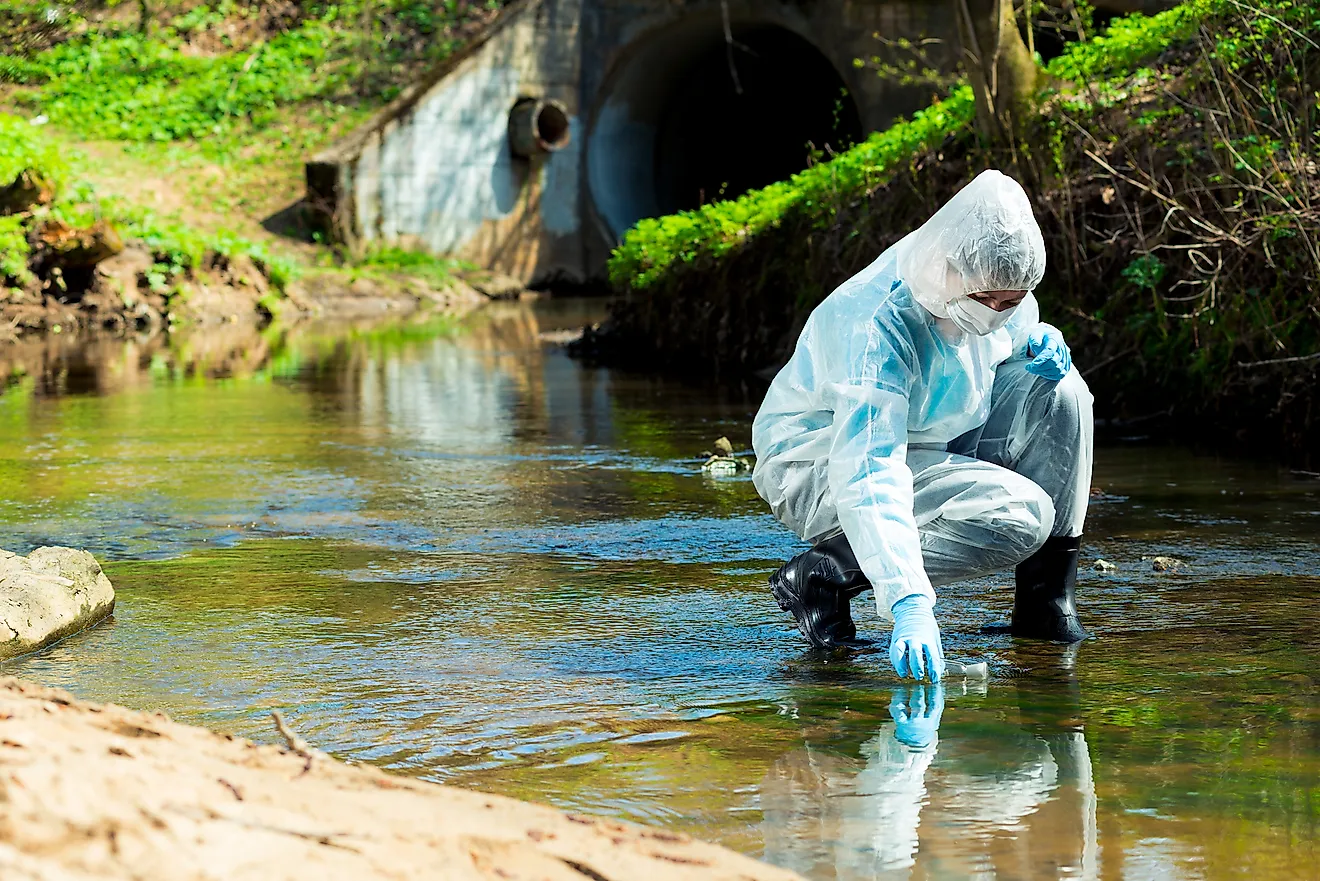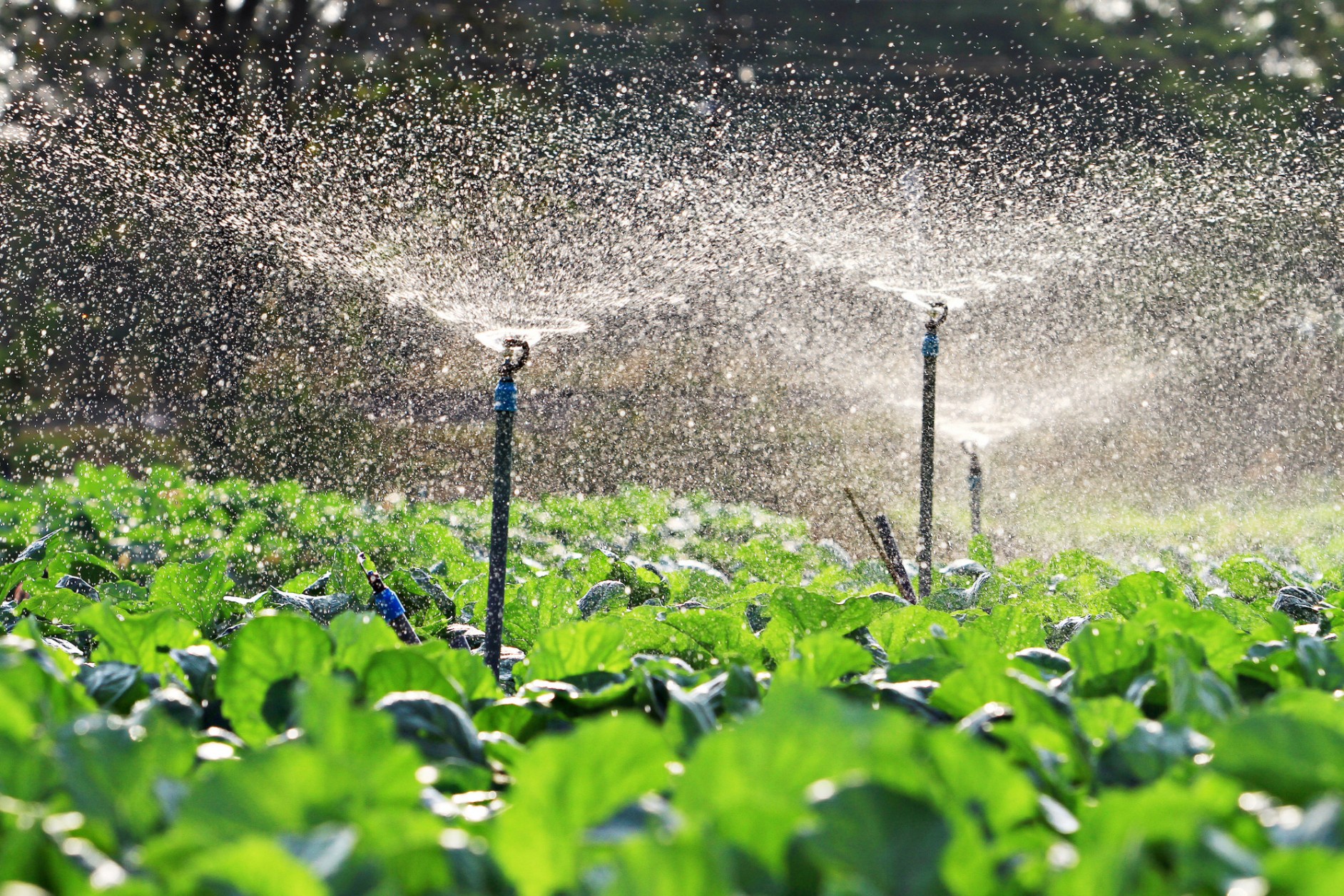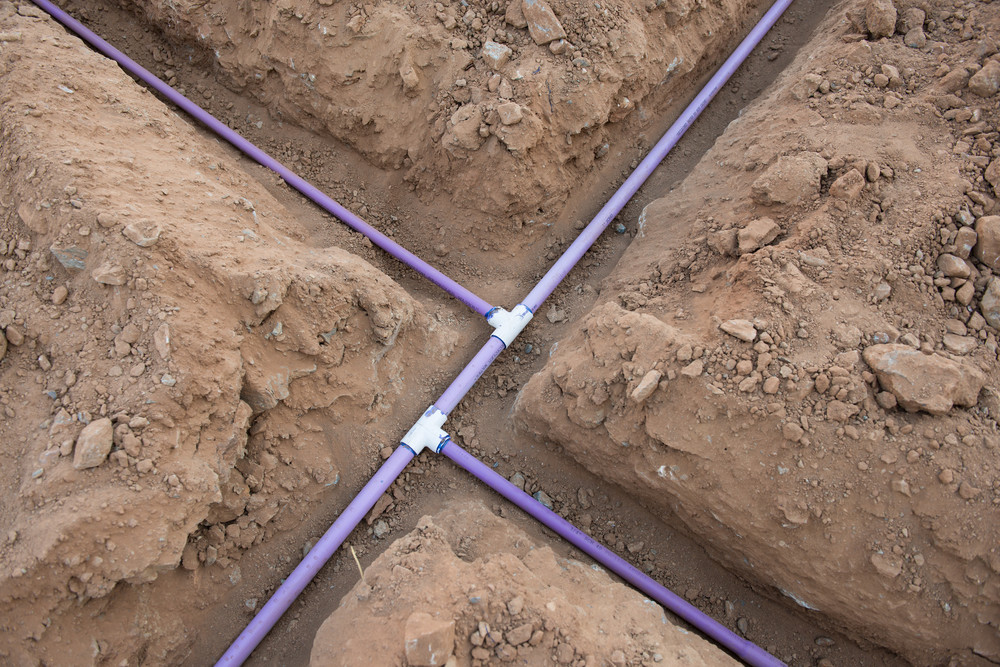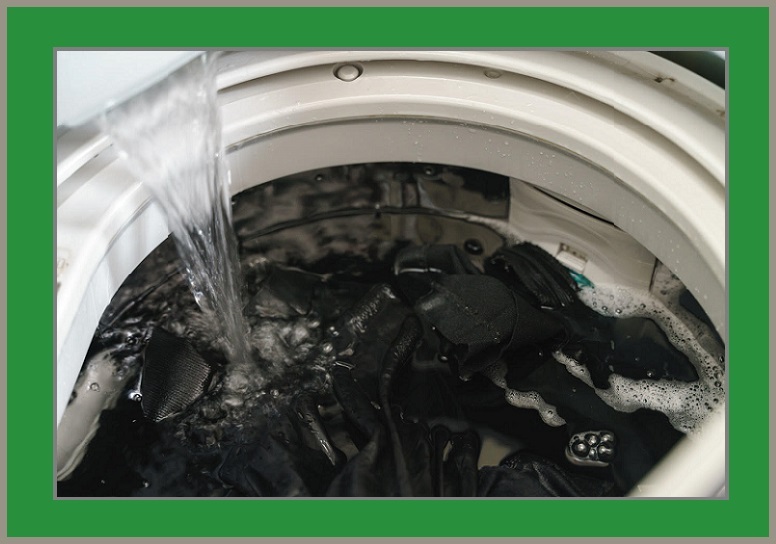The kitchen sink is one of the most used fixtures in any household, and with constant use comes a significant amount of wastewater. This wastewater is not only filled with food scraps and grease, but it also contains harmful chemicals and bacteria that can cause serious environmental and health issues if not properly treated. This is why wastewater treatment for kitchen sinks is crucial to maintain a clean and safe living environment.Wastewater Treatment for Kitchen Sinks
When it comes to drinking water, it is essential to ensure that it meets certain quality standards to ensure the health and safety of those consuming it. According to the Safe Drinking Water Act, drinking water must be free from any harmful contaminants and should meet specific standards set by the Environmental Protection Agency (EPA). These standards include limits on the levels of bacteria, chemicals, and other pollutants that may be present in drinking water.Drinking Water Quality Standards
Greywater refers to the wastewater generated from household activities such as washing dishes, doing laundry, and showering. This water is not suitable for drinking but can be safely recycled for other household uses like watering plants or flushing toilets. By implementing greywater recycling systems, households can reduce their water consumption and contribute to water conservation efforts.Greywater Recycling for Household Use
The improper disposal of kitchen sink wastewater can lead to water pollution, which can have severe consequences for the environment and human health. The food scraps, grease, and chemicals present in kitchen sink wastewater can contaminate rivers, lakes, and oceans, harming aquatic life and making the water unsafe for recreational activities. It is crucial to properly treat and dispose of kitchen sink wastewater to prevent water pollution.Water Pollution from Kitchen Sink Wastewater
The Safe Drinking Water Act (SDWA) was passed in 1974 to protect public health by regulating the nation's public drinking water supply. This act sets the standards for drinking water quality and ensures that drinking water is safe for consumption. The SDWA also requires regular testing and monitoring of drinking water to ensure it meets the established standards.Safe Drinking Water Act
There are various technologies used for treating wastewater from kitchen sinks. One of the most common methods is the septic tank system, where the wastewater is stored in a tank and allowed to settle and separate into layers. The top layer is skimmed off, and the remaining wastewater is released into a drain field for further treatment. Other technologies include wastewater treatment plants that use a series of processes to remove contaminants from the water before it is released back into the environment.Wastewater Treatment Technologies
Conserving water in the household not only helps reduce water bills but also contributes to environmental sustainability. There are simple yet effective ways to conserve water, such as fixing leaky faucets, using a dishwasher instead of hand-washing dishes, and installing low-flow fixtures. Reducing water usage from kitchen sinks can have a significant impact on overall household water consumption.Household Water Conservation Tips
As mentioned earlier, kitchen sink wastewater can be harmful to aquatic life when not properly treated. The high levels of nutrients and chemicals present in this wastewater can cause algae overgrowth, leading to oxygen depletion in the water, which can be fatal for fish and other aquatic organisms. It is essential to treat and dispose of kitchen sink wastewater properly to protect our water bodies and the creatures that call them home.Impact of Kitchen Sink Wastewater on Aquatic Life
Contamination of drinking water can come from various sources, including industrial and agricultural activities, sewage treatment plants, and even household sources like kitchen sink wastewater. The chemicals and bacteria present in kitchen sink wastewater can seep into groundwater or contaminate surface water sources, affecting the quality of drinking water. Proper wastewater treatment and disposal can help prevent this type of contamination.Drinking Water Contamination Sources
Aside from household use, greywater can also be used for irrigation purposes. This not only conserves water but also provides essential nutrients for plants. The nutrients present in greywater, such as phosphorus and nitrogen, act as natural fertilizers for plants, promoting healthy growth. By using greywater for irrigation, households can reduce their water usage and contribute to sustainable gardening practices. In conclusion, proper wastewater treatment for kitchen sinks is crucial for maintaining a clean and safe living environment. It not only helps prevent water pollution and protect aquatic life but also ensures that our drinking water meets quality standards. By implementing household water conservation measures and utilizing technologies for wastewater treatment, we can all play a part in preserving our precious water resources. Benefits of Using Greywater for Irrigation
Kitchen Sink Wastewater and Drinking Water: The Importance of Proper House Design
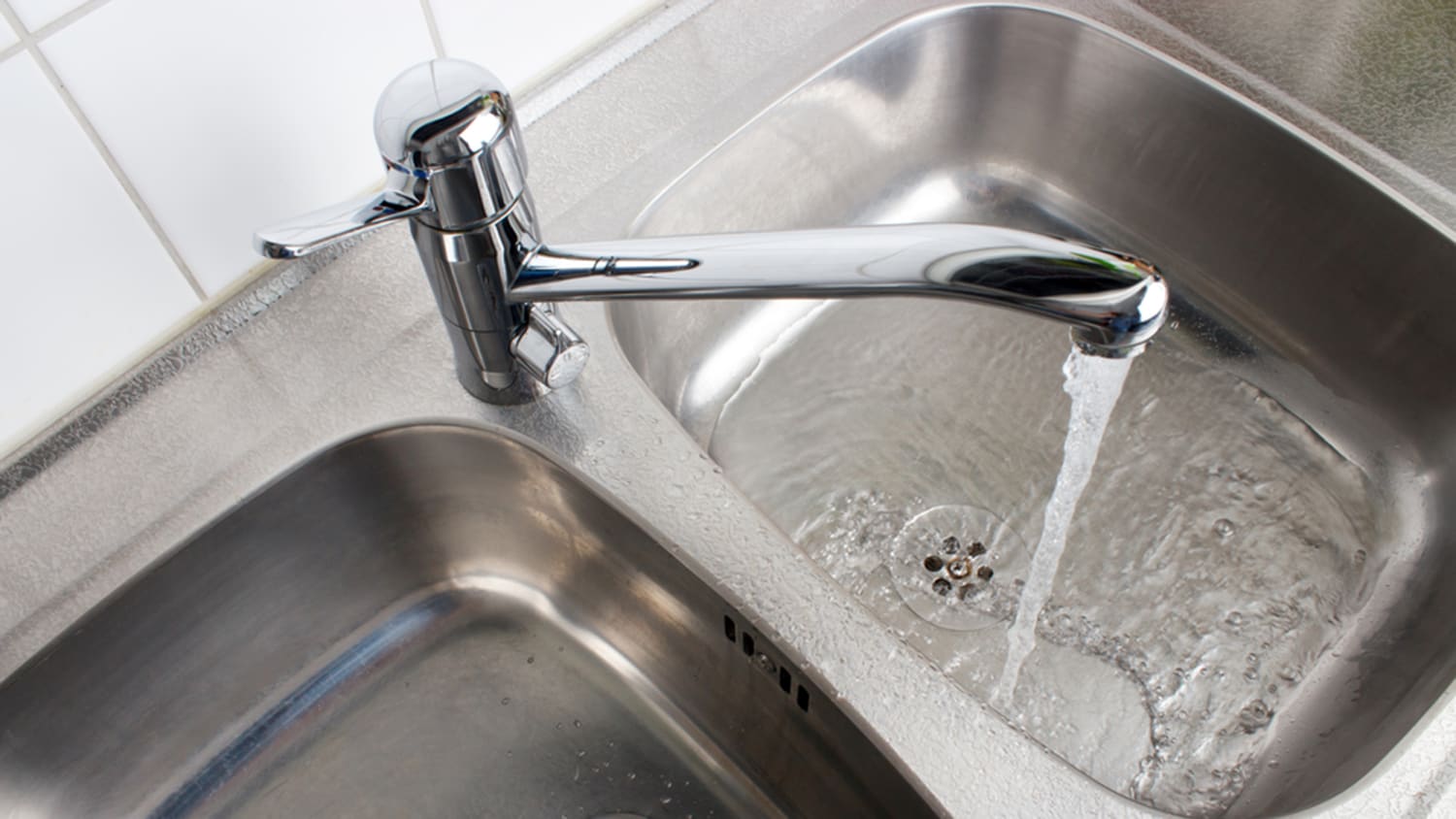
Understanding the Connection
 When it comes to designing a house, there are many factors to consider. From the layout and aesthetics to the functionality and sustainability, every decision can have a significant impact on the overall livability of the space. One crucial aspect that often gets overlooked is the connection between kitchen sink wastewater and drinking water. It may seem like an insignificant detail, but the design of your house can greatly affect the quality and safety of your drinking water. Let's take a closer look at why this connection is essential and how proper house design can ensure the purity of your drinking water.
When it comes to designing a house, there are many factors to consider. From the layout and aesthetics to the functionality and sustainability, every decision can have a significant impact on the overall livability of the space. One crucial aspect that often gets overlooked is the connection between kitchen sink wastewater and drinking water. It may seem like an insignificant detail, but the design of your house can greatly affect the quality and safety of your drinking water. Let's take a closer look at why this connection is essential and how proper house design can ensure the purity of your drinking water.
Dangers of Contaminated Water
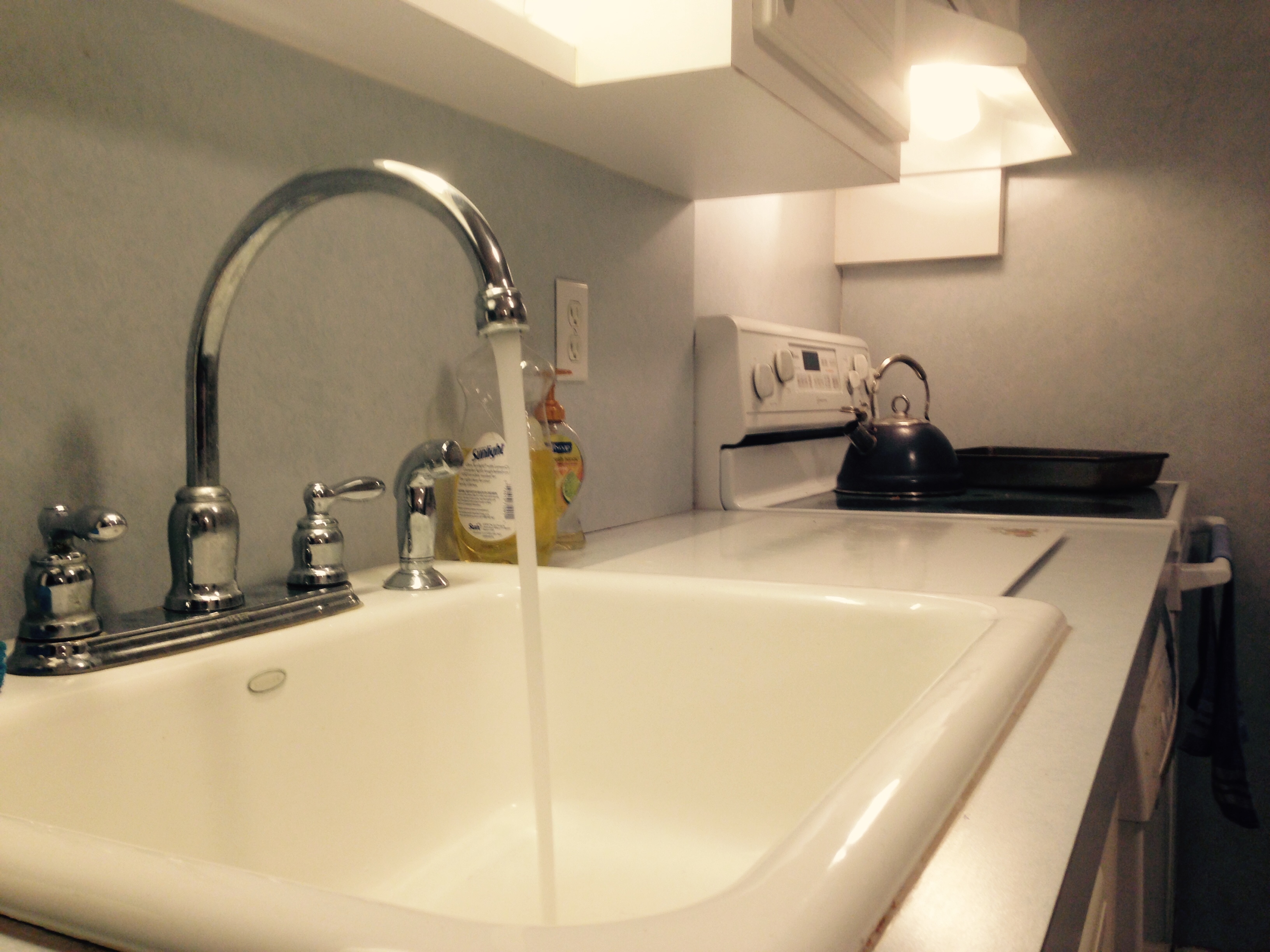 We often take for granted that the water coming out of our taps is safe to drink. However, without proper house design, it is possible for kitchen sink wastewater to contaminate drinking water. This can happen in several ways, such as through cross-connections, faulty plumbing, or inadequate drainage systems. Contaminated water can lead to a range of health issues, from minor stomach discomfort to more severe illnesses. It is crucial to prevent this contamination from happening by addressing it in the initial house design phase.
We often take for granted that the water coming out of our taps is safe to drink. However, without proper house design, it is possible for kitchen sink wastewater to contaminate drinking water. This can happen in several ways, such as through cross-connections, faulty plumbing, or inadequate drainage systems. Contaminated water can lead to a range of health issues, from minor stomach discomfort to more severe illnesses. It is crucial to prevent this contamination from happening by addressing it in the initial house design phase.
Proper Drainage and Plumbing Systems
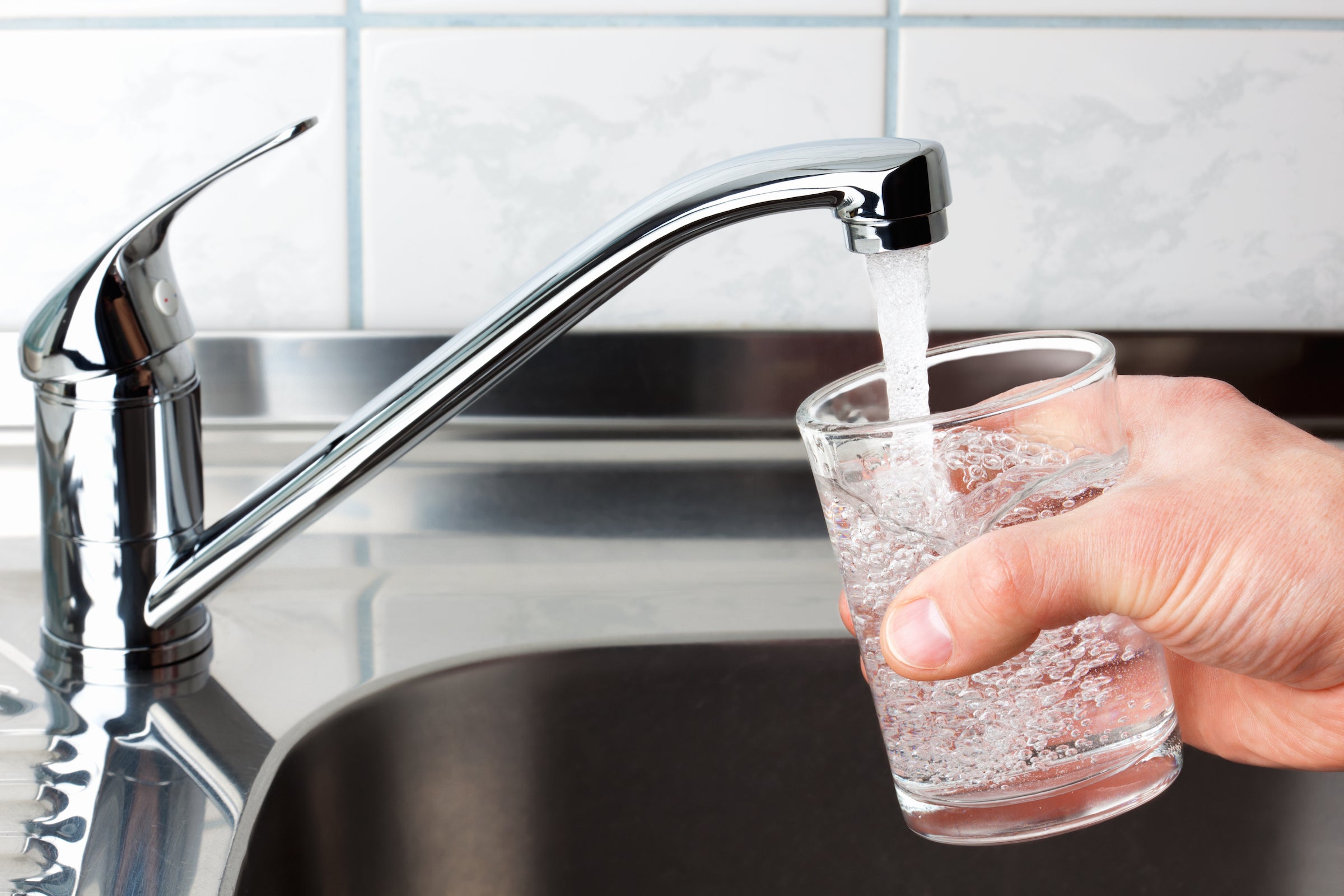 One of the most effective ways to prevent kitchen sink wastewater from mixing with drinking water is through proper drainage and plumbing systems. This includes having a separate drainage system for the kitchen sink that leads to a designated wastewater treatment facility. Additionally, careful consideration should be given to the placement of water pipes to prevent cross-connections and the use of high-quality plumbing materials to avoid leaks and contamination.
One of the most effective ways to prevent kitchen sink wastewater from mixing with drinking water is through proper drainage and plumbing systems. This includes having a separate drainage system for the kitchen sink that leads to a designated wastewater treatment facility. Additionally, careful consideration should be given to the placement of water pipes to prevent cross-connections and the use of high-quality plumbing materials to avoid leaks and contamination.
Sustainable Solutions
 In addition to ensuring the safety of your drinking water, proper house design can also contribute to sustainable living. Installing a greywater system can allow you to reuse kitchen sink wastewater for other purposes such as irrigation or flushing toilets. This not only conserves water but also reduces the amount of wastewater that needs to be treated, helping to protect the environment.
Kitchen sink wastewater and drinking water
may seem like two unrelated aspects of house design, but they are closely connected and should not be overlooked. By considering the potential risks and implementing proper drainage and plumbing systems, you can ensure the purity of your drinking water and contribute to sustainable living. So the next time you design a house, don't forget about the importance of keeping these two elements separate for a healthier and more sustainable home environment.
In addition to ensuring the safety of your drinking water, proper house design can also contribute to sustainable living. Installing a greywater system can allow you to reuse kitchen sink wastewater for other purposes such as irrigation or flushing toilets. This not only conserves water but also reduces the amount of wastewater that needs to be treated, helping to protect the environment.
Kitchen sink wastewater and drinking water
may seem like two unrelated aspects of house design, but they are closely connected and should not be overlooked. By considering the potential risks and implementing proper drainage and plumbing systems, you can ensure the purity of your drinking water and contribute to sustainable living. So the next time you design a house, don't forget about the importance of keeping these two elements separate for a healthier and more sustainable home environment.




